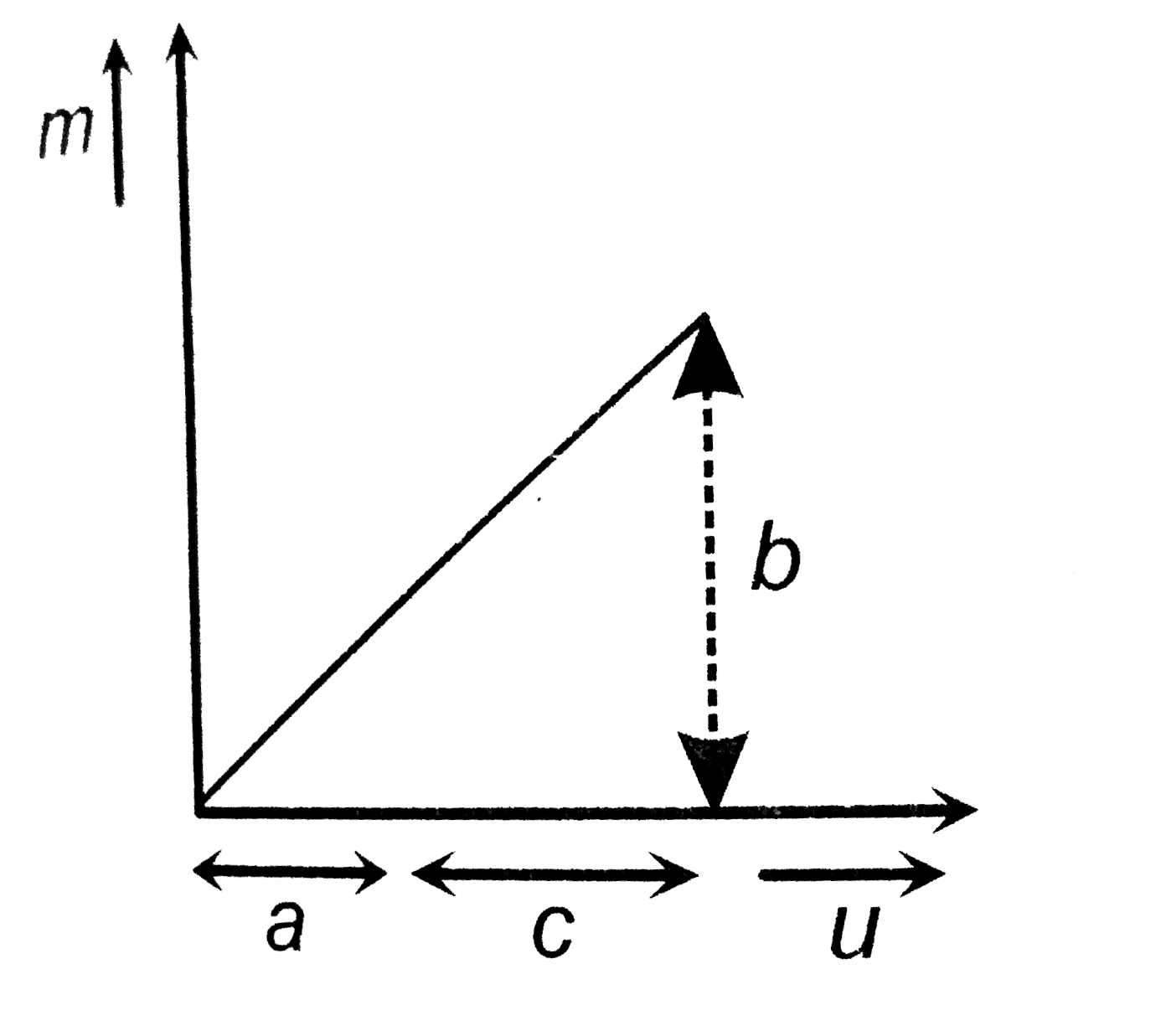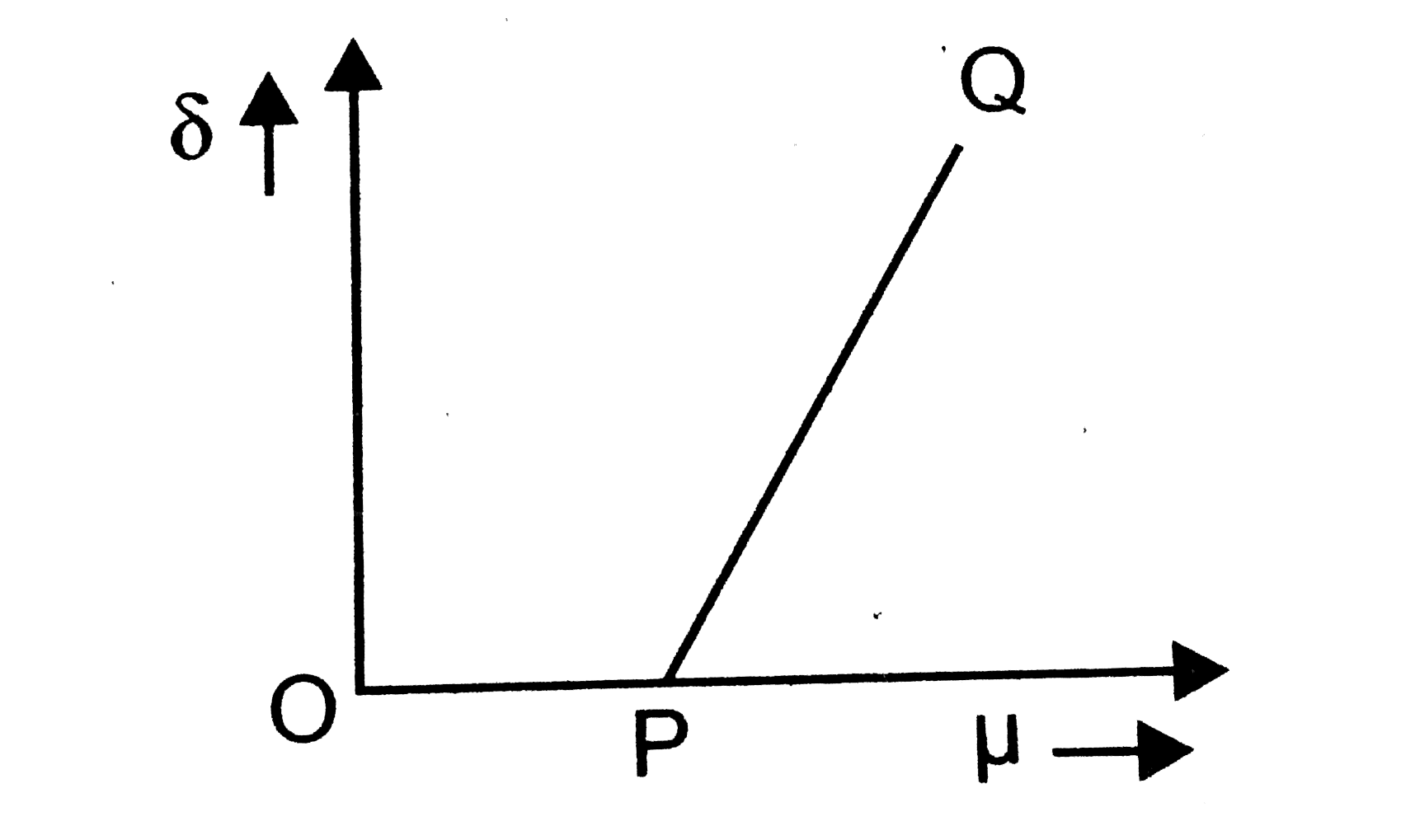Exercise from UNIVERSAL BOOK DEPOT 1960 PHYSICS Chapter 13 RAY OPTICS for Class 12
| Class 12 | PHYSICS |
| Chapter | RAY OPTICS |
| UNIVERSAL BOOK DEPOT 1960 PHYSICS | Exercise |
| Medium | English |
| Academic Year | 2023-2024 |
Question 4
A plane mirror reflecting a ray of incident light is rotated through an angle q about an axis through the point of incidence in the plane of the mirror perpendicular to the plane of incidence, then
(1) The reflected ray rotates through an angle 2q
(2) The incident ray is fixed
(3) The reflected ray does not rotate
(4) The reflected ray rotates through an angle q View SolutionQuestion 63
Match List I with List II and select the correct answer using the codes given below the lists :
List IList II(Position of the object)(Magnification)(I) An object is placed at focus(A) Magnification is −∞ before a convex mirror(II) An object is placed at(B) Magnification is 0.5centre of curvature before aConcave mirror(III) An object is placed at(C) Magnification is +1focus before a concave mirror(IV) An object is placed at(D) Magnification is -1centre of curvature before aconvex mirror(E) Magnification is 0.33View SolutionQuestion 91
A beam of light propagating in medium A with index of refraction n ( A ) passes across an interface into medium B with index of refraction n ( B ). The angle of incidence is greater than the angle of refraction, v ( A ) and v ( B ) denotes the speed of light in A and B . Then which of the following is trueView SolutionQuestion 99
Immiscible transparent liquids A, B, C, D and E are placed in a rectangular container of glass with the liquids making layers according to their densities. The refractive index of the liquids are shown in the adjoining diagram. The container is illuminated from the side and a small piece of glass having refractive index 1.61 is gently dropped into the liquid layer. The glass piece as it descends downwards will not be visible in
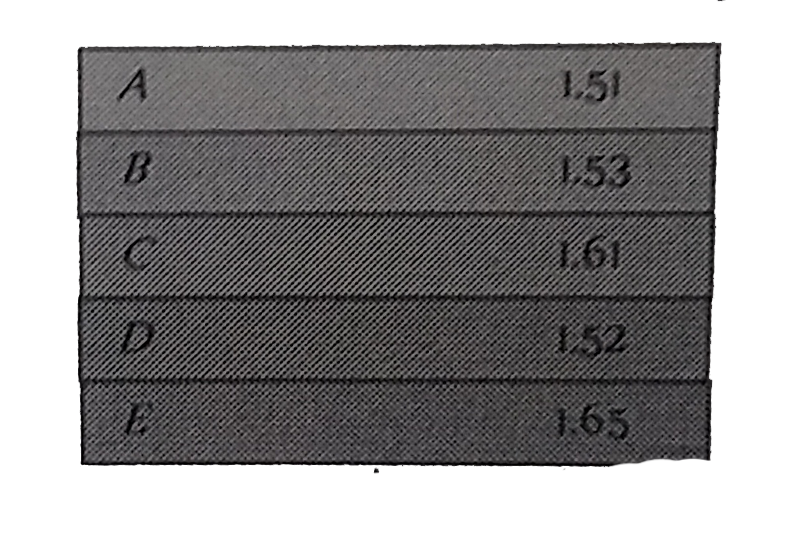 View Solution
View SolutionQuestion 131
A tank is filled with water to a height of 12.5cm The apparent depth of a needle lying at the bottom of the tank is measured by a microscope to be 9.4cm. What is the refractive index of water ? If water is replaced by a liquid of refractive index 1.63 upto the same height, by what distance would the microscope have to be moved to focus on the needle again ?View SolutionQuestion 135
An under water swimmer is at a depth of 12 m below the surface of water. A bird is at a height of 18 m from the surface of water, directly above his eyes. For the swimmer the bird appears to be at a distance from the surface of water equal to (Refractive Index of water is 4/3)View SolutionQuestion 177
A ray of light travelling in a transparant medium falls on a surface separating the medium from air at an angle of incidence of 45degree. The ray undergoes total internal reflection. If n is the refractive in index of the medium with respect to air, select the possible value (s) of n from the following:View SolutionQuestion 189
A light ray from air is incident (as shown in figure ) at one end of a glass fiber ( refractive index μ=1.5) making an incidence angle of 60∘ on the lateral surface, so that it undergoes a total internal reflection. How much time would it take to traverse the straight fiber of length 1km?
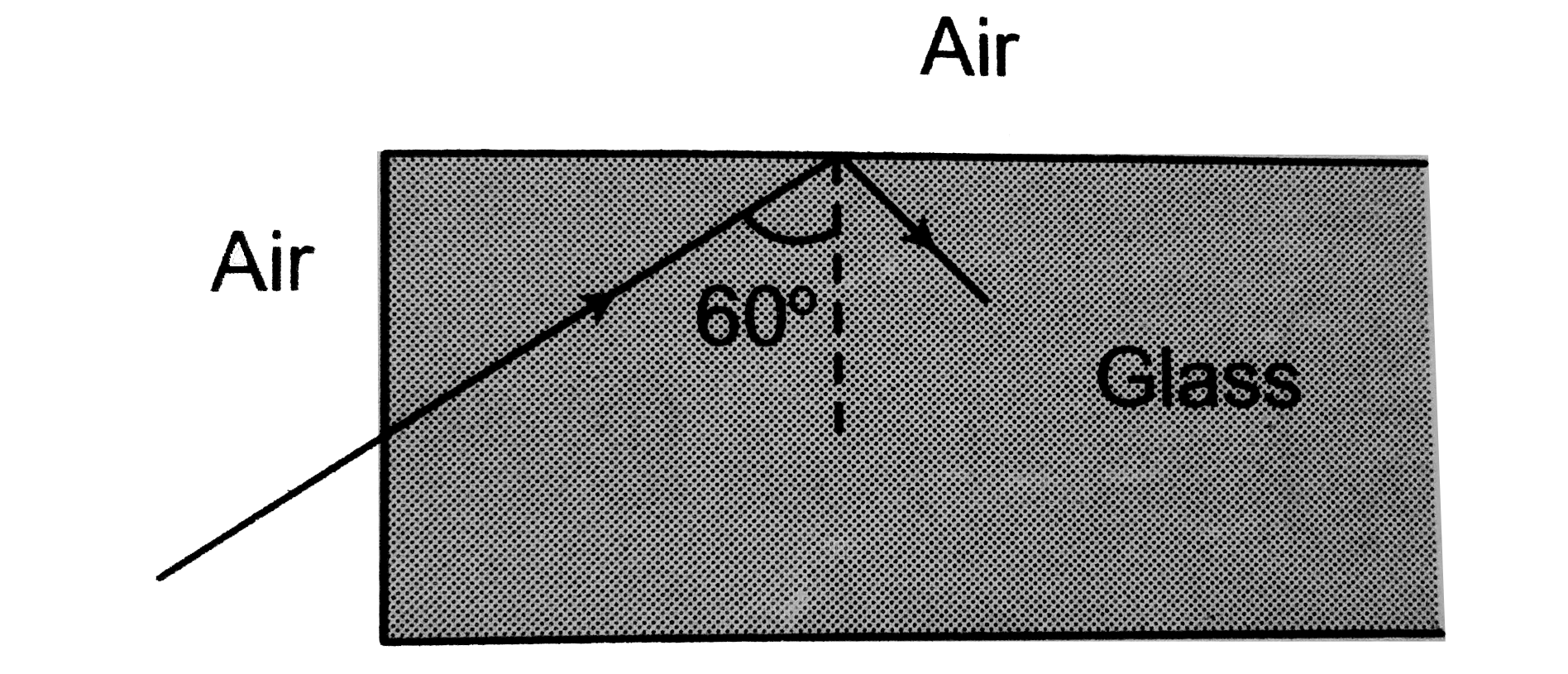 View Solution
View SolutionQuestion 195
Material A has critical angle iA, and material B has critical angle iB(iB>iA). Then which of the following is true
(i) Light can be totally internally reflected when it passes from B to A
(ii) Light can be totally internally reflected when it passes from A to B
(iii) Critical angle for total internal reflection is iB−iA
(iv) Critical angle between A and B is sin−1(siniAsiniB)View SolutionQuestion 240
A combination of two thin lenses with focal lengths f1 and f2 respectively forms and image of distant object at distance 60cm when lenses are in contact. The position of this image shifts by 30cm towards the combination when two lenses are separated by 10cm. The corresponding values of f1 and f2 areView SolutionQuestion 270
An under water swimmer is at a depth of 12 m below the surface of water. A bird is at a height of 18 m from the surface of water, directly above his eyes. For the swimmer the bird appears to be at a distance from the surface of water equal to (Refractive Index of water is 4/3)View SolutionQuestion 303
Figure given below shows a beam of light converging at point P. When a concave lens of focal length 16cm is introduced in the path of the beam at a place O shown by dotted line such that OP becomes the axis of the lens, the beam converges at a distance x from the lens. The value x will be equal to
 View Solution
View SolutionQuestion 406
A ray of monochromatic light is incident on one refracting face of a prism of angle 75∘. It passes through the prism and is incident on the other face at the critical angle. If the refractive index of the material of the prism is √2 , the angle of incidence on the first face of the prism is View SolutionQuestion 407
Three glass prisms A , B and C of same refractive index are placed in contact with each other as shown in figure, with no air gap between the prisms. Monochromatic ray of light OP passes through the prism assembly and emerges as QR . The conditions of minimum deviation is satisfied in the prisms
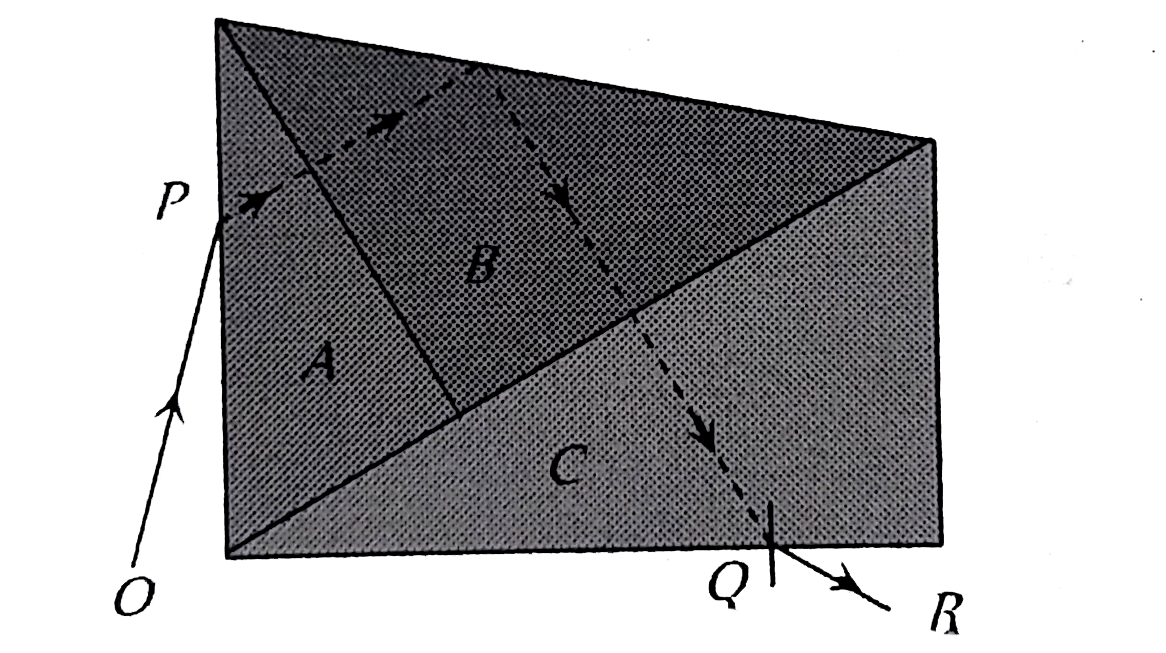 View Solution
View SolutionQuestion 520
Match the List I with the List II from the combinations shown
(I)Presbiopia(A)Sphero-cylindrical lens(II)Hypermetropia(B)Convex lens of proper power may be used close to the eye(II)Astigmatism(C)Concave lens of suitable forcal length(IV)Myopia(D)Bifocal lens of suitable forcal lengthView SolutionQuestion 566
The focal length of the objective and the eye piece of a compound microscope are 2.0 cm and 3.0 cm, respectively. The distance between the objective and the eye piece is 15.0 cm. The final image formed by the eye piece is at infinity. The two lenses are thin. The distance in cm of the object and the image produced by the objective, measured from the objective lens, are respectivelyView SolutionQuestion 587
A simple telescope, consisting of an objective of focal length 60cm and a single eye lens of focal length 5cm is focussed on a distant object is such a way that parallel rays comes out from the eye lens. If the object subtends an angle 2∘ at the objective, the angular width of the image. View SolutionQuestion 596
An astronomical telescope has an angular magnification of magnitude 5 for distant object. The separation between the objective and the eyepiece is 36 cm and the final image is formed at infinity. The focal length f0 of the objective and the focal length f0 of the eyepiece areView SolutionQuestion 639
A telescope has an objective of focal length 50cm and eye piece of focal length 5cm. The least distance of distinct vision is 25cm. The telescope is focussed for distinct vision on a scale 200cm away from the objective. Calculate
(i) the separation between objective and eye piece
(ii) the magnification produced.View SolutionQuestion 663
A lamp rated at 100 cd hangs over the middle of a round table with diameter 3 m at a height of 2 m . It is replaced by a lamp of 25 cd and the distance to the table is changed so that the illumination at the centre of the table remains as before. The illumination at edge of the table becomes X times the original. Then X is View SolutionQuestion 671
A point source of light B is placed at a distance L in front of the centre of a mirror of width d hung vertically on a wall. A man walks in front of the mirror along a line parallel to the mirror at a distance 2L from it as shown in fig. The greatest distance over which he can see the image of the light source in the mirror is
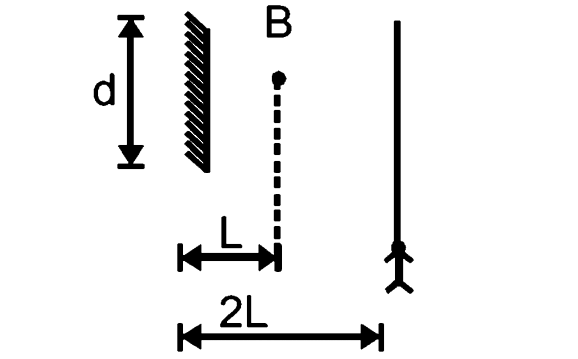 View Solution
View SolutionQuestion 672
Two plane mirrors A and B are aligned parallel to each other, as shown in the figure. A light ray is incident at an angle 30degree at a point just inside one end of A. The plane of incidence coincides with the plane of the figure. The maximum number of times the ray undergoes reflections (including the first one) before it emerges out is
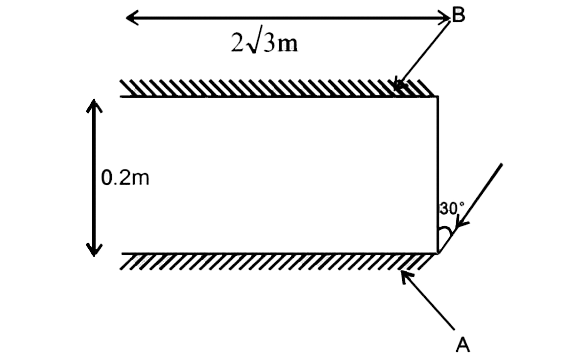 View Solution
View SolutionQuestion 678
A glass hemisphere of radius 0.04 m and refractive index of the material 1.6 is placed centrally over cross mark on a paper (i) with the flat face, (ii) with the curved face in contact with the paper. In each case, the cross mark is viewed directly from above. The position of the images will be View SolutionQuestion 680
A rectangular slab ABCD, of refractive index n1 , is immersed in water of refractive index n2(n1<n2). A ray of light is incident at the surface AB of the slab as shown in Fig. Find the maximum value of angle of incidence αmax, such that the ray comes out only from the other surface CD.
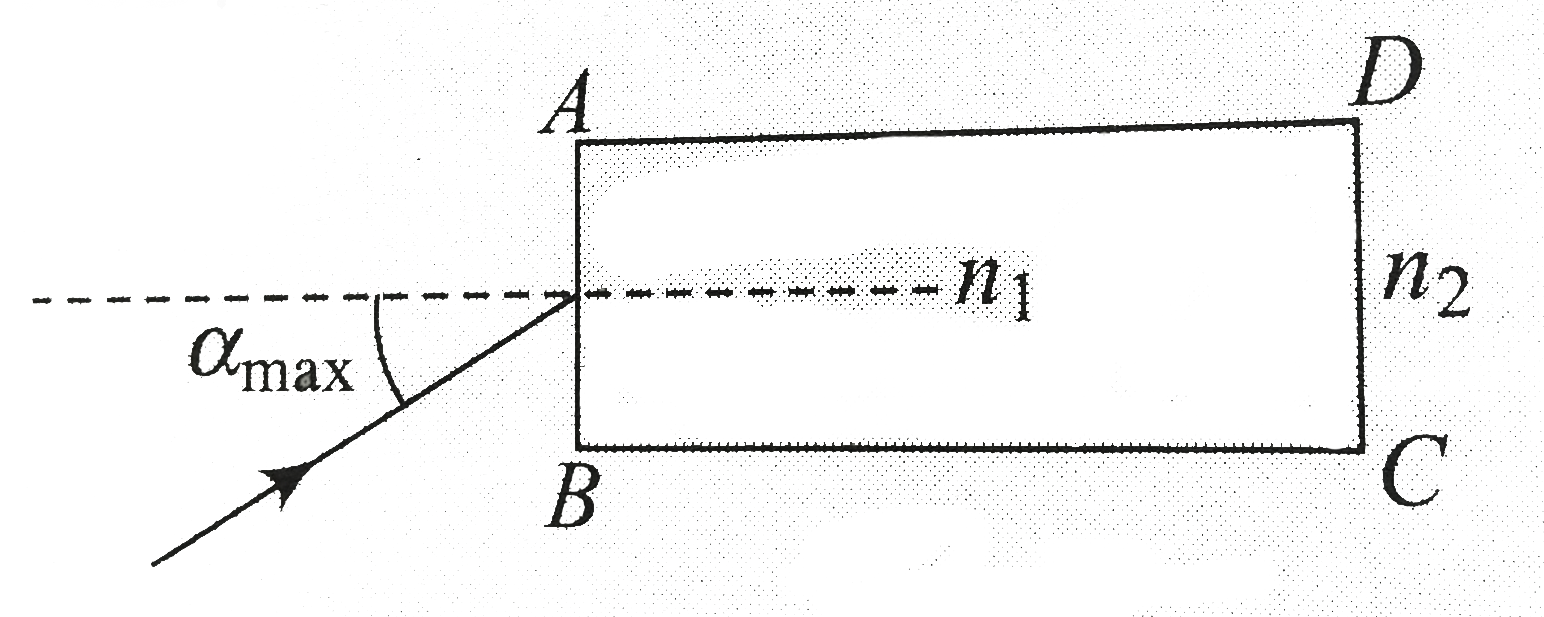 View Solution
View SolutionQuestion 681
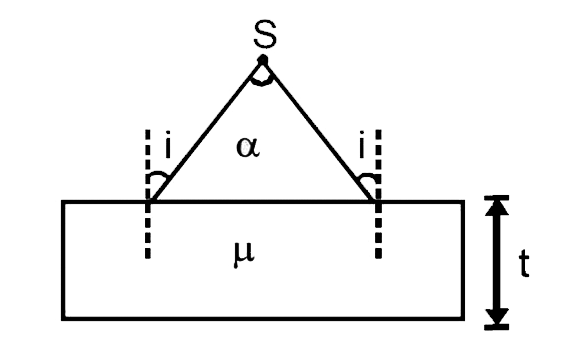
A diverging beam of light from a point source S having devergence angle α, falls symmetrically on a glass slab as shown. The angles of incidence of the two extreme rays are equal. If the thickness of the glass slab is t and the refractive index n, then the divergence angle of the emergent beam is View SolutionQuestion 682
A concave mirror is placed at the bottom of an empty tank with face upwards and axis vertical. When sunlight falls normally on the mirror, it is focussed at distance of 32cm from the mirror. If the tank filled with water (μ=4/3) up to a height of 20cm, then the sunlight will now get focussed at View SolutionQuestion 684
An observer can see through a pin-hole the top end of a thin rod of height h, placed as shown in the figure. The beaker height is 3h and its radius h. When the beaker is filled with a liquid up to a height 2h, he can see the lower end of the rod. Then the refractive index of the liquid is
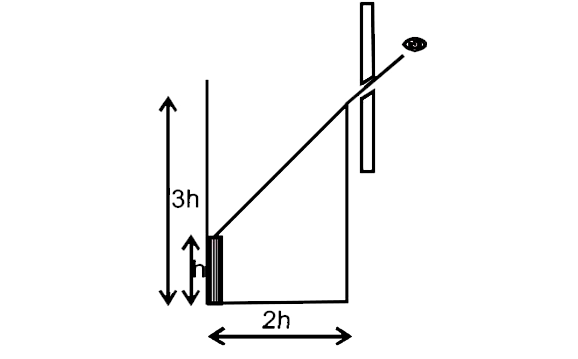 View Solution
View SolutionQuestion 689
A point object O is placed on the principal axis of a convex lens of focal length f=20cm at a distance of 40 cm to the left of it. The diameter of the lens is 10. An eye is placed 60 cm to right of the lens and a distance h below the principal axis. The maximum value of h to see the image isView SolutionQuestion 690
A luminous object is placed at a distance of 30cm from the convex lens of focal length 20cm. On the other side of the lens, at what distance from the lens a convex mirror of radius of curvature 10cm be placed in order to have an upright image of the object coincident with it ?View SolutionQuestion 694
The size of the image of an object, which is at infinity, as formed by a convex lens of focal length 30 cm is 2 cm. If a concave lens of focal length 20 cm is placed between the convex lens and the image at a distance of 26 cm from the convex lens, calculate the new size of the imageView SolutionQuestion 698
A ray of light is incident on the hypotenuse of a right-angled prism after travelling parallel to the base inside the prism. If μ is the refractive index of the material of the prism, the maximum value of the base angle for which light is totally reflected from the hypotenuse is View SolutionQuestion 700
A spherical surface of radius of curvature R separates air (refractive index 1.0) from glass (refractive index 1.5). The centre of curvature is in the glass. A point object P placed in air is found to have a real image Q in the glass. The line PQ cuts the surface at a point O, and PO=OQ. The distance POView SolutionQuestion 706
A small source of light is to be suspended directly above the centre of a circular table of radius R . What should be the height of the light source above the table so that the intensity of light is maximum at the edges of the table compared to any other height of the source View SolutionQuestion 710
A concave mirror is placed on a horizontal table, with its axis directed vertically upwards. Let O be the pole of the mirror and C its centre of curvature. A point object is placed at C. It has a real image, also located at C. If the mirror is now filled with water, the image will be.View SolutionQuestion 711
The diameter of the moon is 3.5×103km and its distance from the earth is 3.8×105km. It is seen through a telescope having focal lengths of objective and eye-piece as 4m and 10cm respectively. Calculate (a) magnifying power of telescope (b) length of telescope tube and (c) anngular size of image of moon.View SolutionQuestion 720
A plane mirror is placed at the bottom of the tank containing a liquid of refractive index μ. P is a small object at a height h above the mirror. An observer O vertically above P, outside the liquid sees P and its image in the mirror. The apparent distance between these two will beView SolutionQuestion 722
Consider the situation shown in figure. Water (μW=43) is filled in a breaker upto a height of 10 cm . A plane mirror fixed at a height of 5 cm from the surface of water. Distance of image from the mirror after reflection from it of an object O at the bottom of the beaker is
 View Solution
View SolutionQuestion 724
Two transparent slabs have the same thickness as shown in figure. One in made of material A of refractive index 1.5. The other is made of two materilas B and C with thickness in the ratio 1:2. The refractive index of C is 1.6. If a monochromatic parallel beam passing through the slabs has the same number of wavelengths inside both, the refractive index of B is
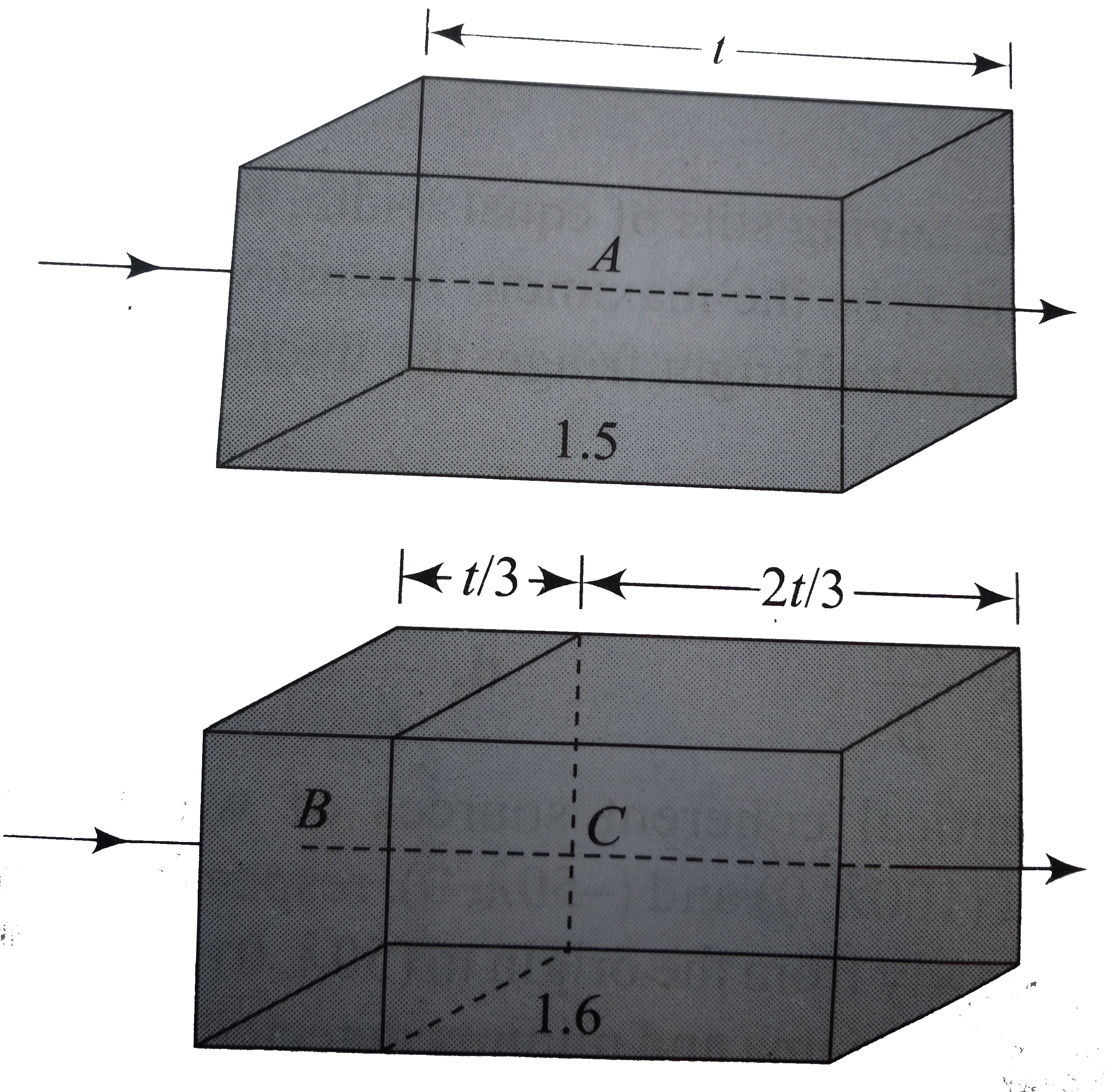 View Solution
View SolutionQuestion 725
An object is placed in front of a convex mirror at a distance of 50cm. A plane mirror is introduced covering the lower half of the convex mirror. If the distance between the object and the plane mirror is 30cm, it is found that there is no parallax between the images formed by the two mirrors. What is the radius of curvature of the convex mirror? View SolutionQuestion 727
A small piece of wire bent into an L shape, with upright and horizontal portions of equal lengths, is placed with the horizontal portion along the axis of the concave mirror whose radius of curvature is 10cm. I fthe bend is 20cm from the pole of the mirror, then the ration of the lengths of the images of the upright and horizontal portions of the wire is View SolutionQuestion 730
A beaker containing liquid is placed on a table, underneath a microscope which can be moved along a vertical scale. The microscope is focused, through the liquid onto a mark on the table when the reading on the scale is a. It is next focused on the upper surface of the liquid and the reading is b. More liquid is added and the observations are repeated, the corresponding readings are c and d. The refractive index of the liquid isView SolutionQuestion 734
A rod of glass (μ=1.5) and of square cross section is bent into the shape shown in the figure. A parallel beam of light falls on the plane flat surface A as shown in the figure. If d is the width of a side and R is the radius of circular arc then for what maximum value of dR light entering the glass slab through surface A emerges from the glass through B
 View Solution
View SolutionQuestion 735
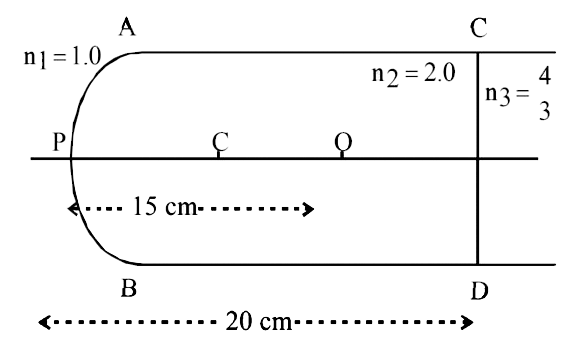
A slab of a material of refractive index 2 shown in fig. has a curved surface APB of radius of curvature 10 cm and a plane surface CD. On the left of APB is air and on the right CD is water with refractive indices as given in the figure. An object O is placed at a distance of 15 cm from the pole P as shown. The distance of the final image of O from P, as viewed from the left is...... View SolutionQuestion 738
A compound microscope is used to enlarge an object kept at a distance 0.03m from cuts objective which consists of serval convex lenses in contact and has focal length 0.03m. If a lens focal length 0.1mis removed from the objective, find out the distance by which the eye-piece of the microscope must be moved to refocus the image.View SolutionQuestion 741
In a compound microscope, the focal length of the objective and the eye lens are 2.5cm and 5cm respectively. An object is placed at 3.75cm before the objective and image is formed at the least distance of distinct vision, then the distance between two lenses will be (i.e. length of the microscope tube )View SolutionQuestion 742
In a grease spot photometer light from a lamp with dirty chimney is exactly balanced by a point source distance 10 cm from the grease spot. On clearing the chimney, the point source is moved 2 cm to obtain balance again. The percentage of light absorbed by dirty chimney is nearly View SolutionQuestion 743
The separation between the screen and a plane mirror is 2 r . An isotropic point source of light is placed exactly midway between the mirror and the screen. Assume that mirror reflects 100% of incident light. Then the ratio of illuminances on the screen with and without the mirror is View SolutionQuestion 744
The separation between the screen and a concave mirror is 2 r . An isotropic point source of light is placed exactly midway between the mirror and the point source. Mirror has a radius of curvature r and reflects 100% of the incident light. Then the ratio of illuminances on the screen with and without the mirror is View SolutionQuestion 748
When light is incident on a medium at angle i and refracted into a second medium at an angle r, the graph of sinr versus sini is as shown. From this one can conclude that
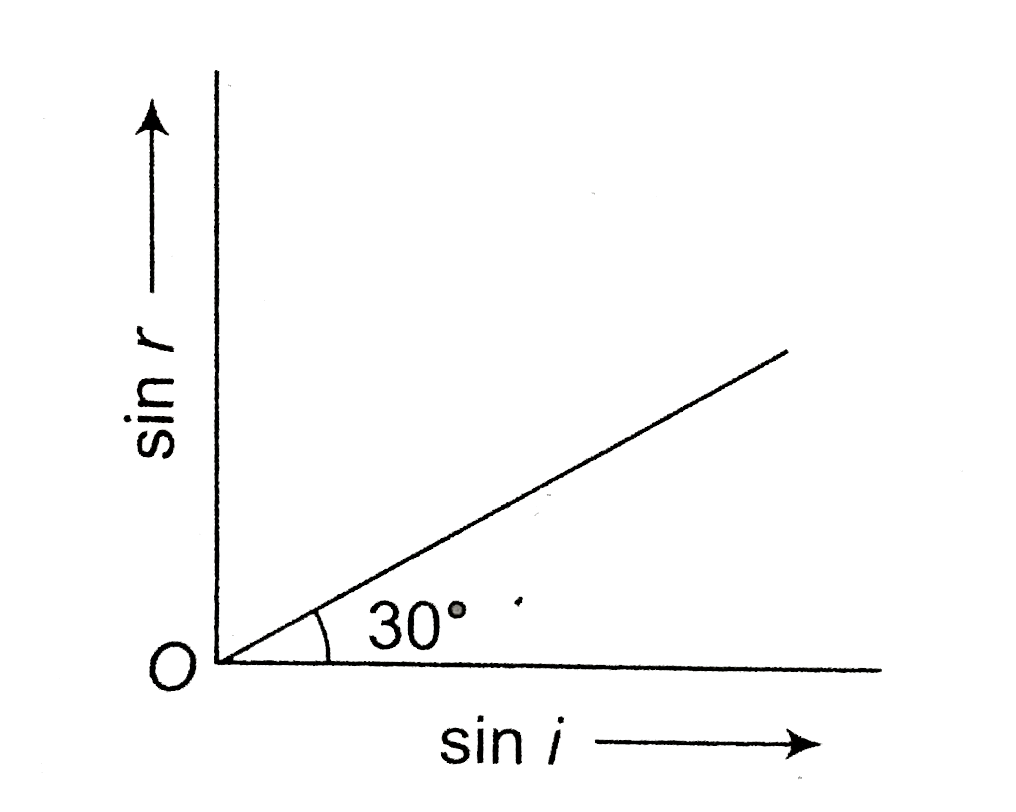
(i) the velocity of light in second medium is √3 times the velocity of light in the first medium
(ii) the velocity of light in the first medium is √3 times the velocity of ligth in second medium
(iii) the critical angle of the two media is given by siniC=1√3
(iv) the critical anlge of the two media is given by siniC=1√2View Solution

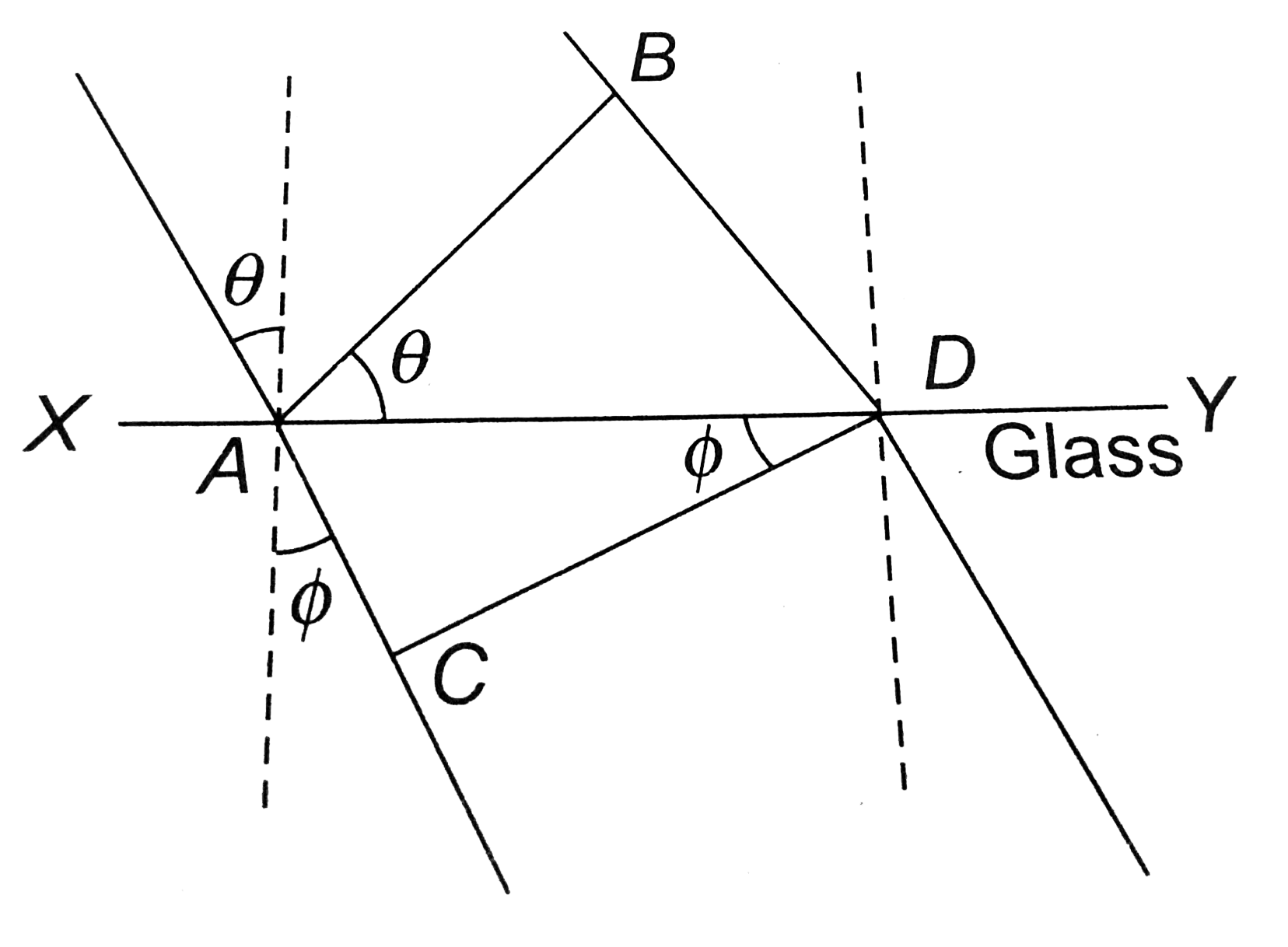
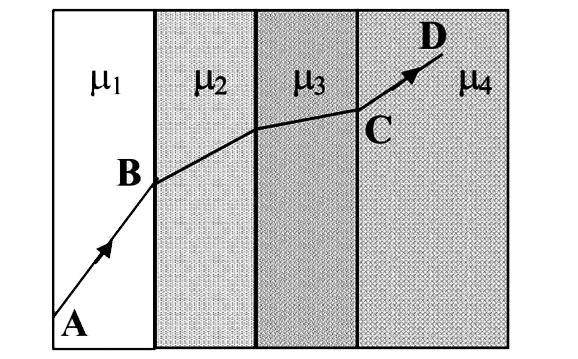

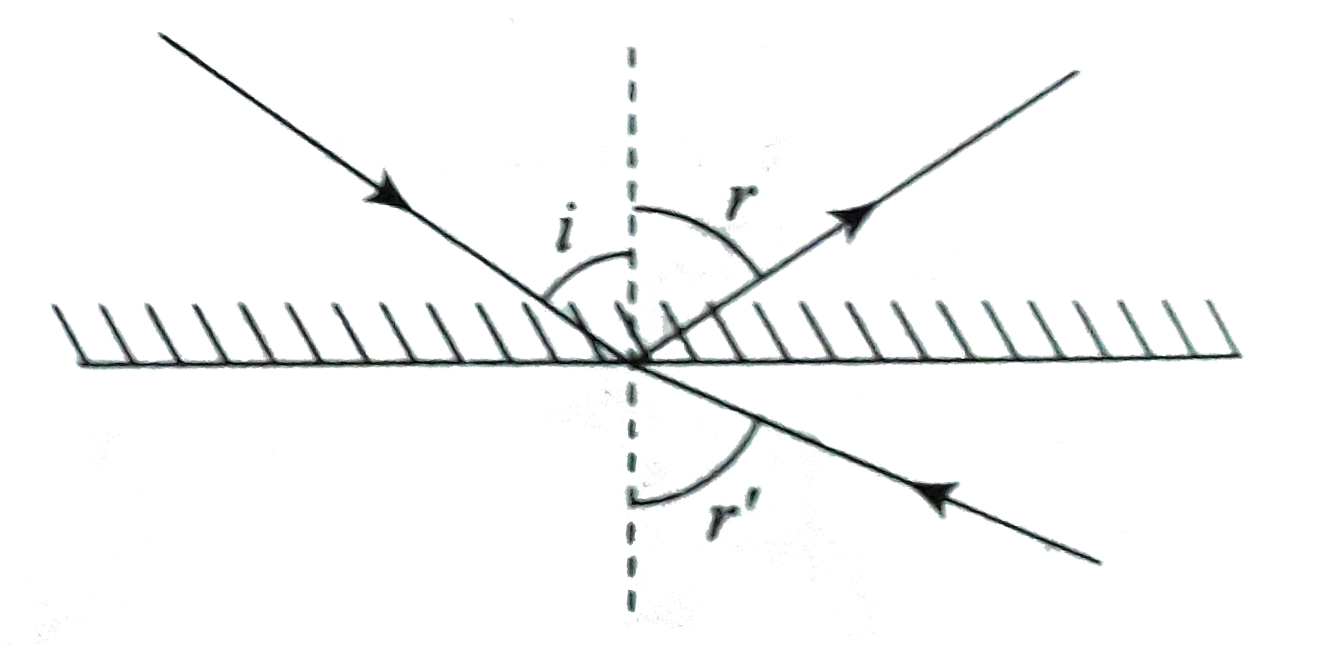

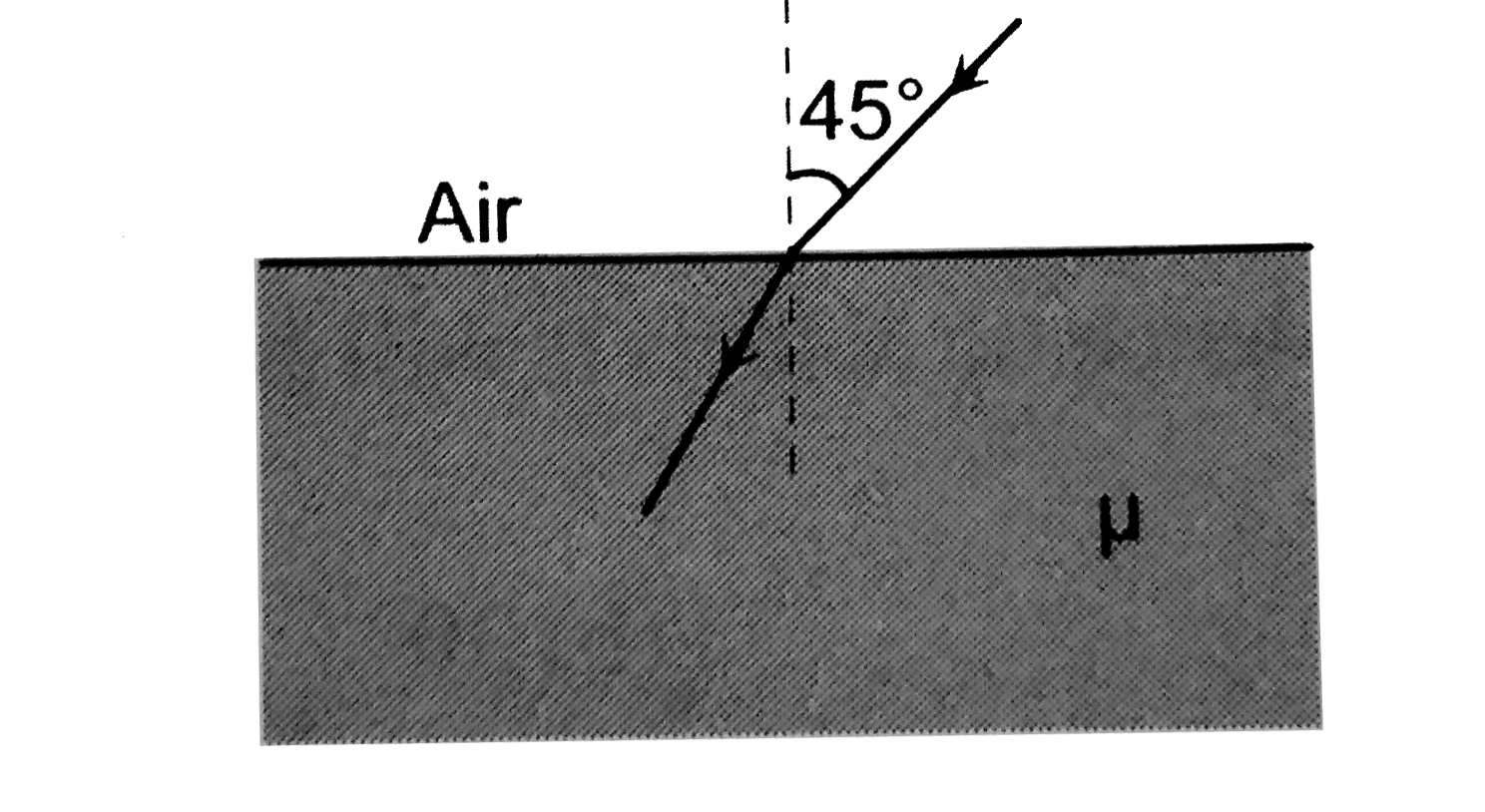
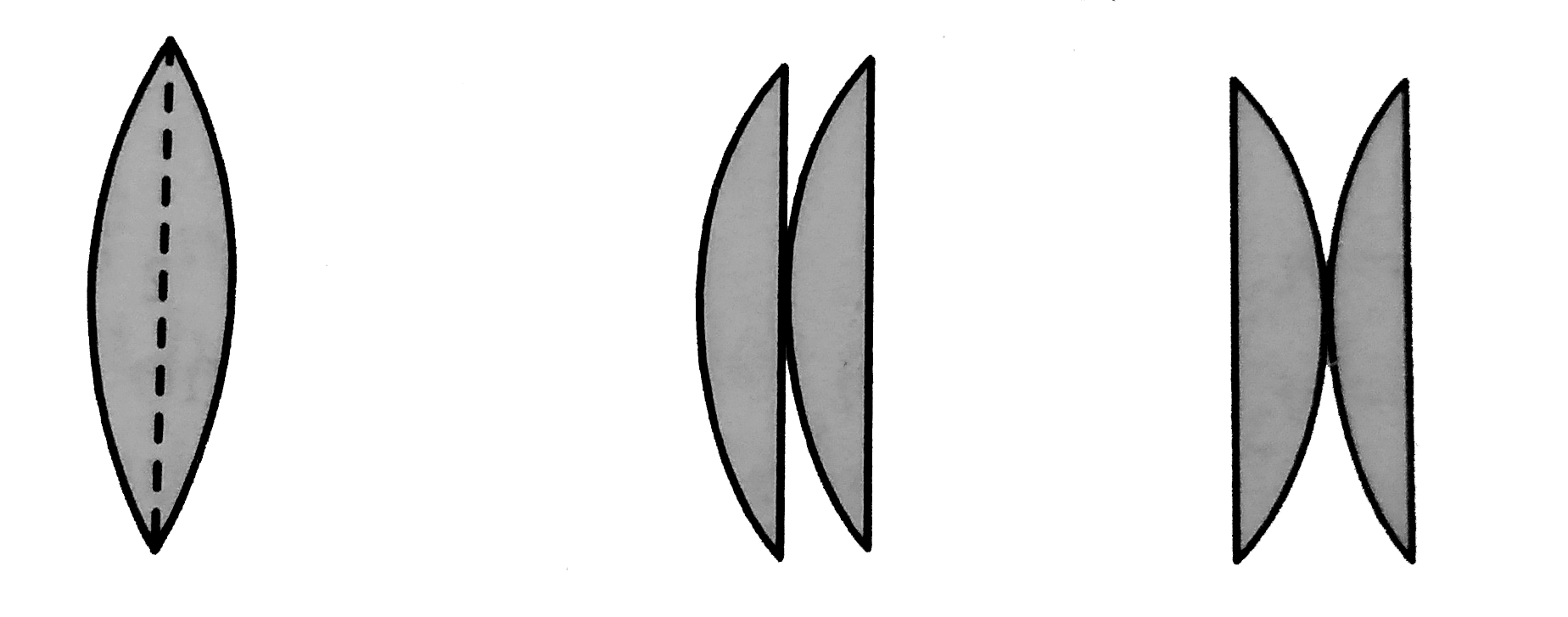

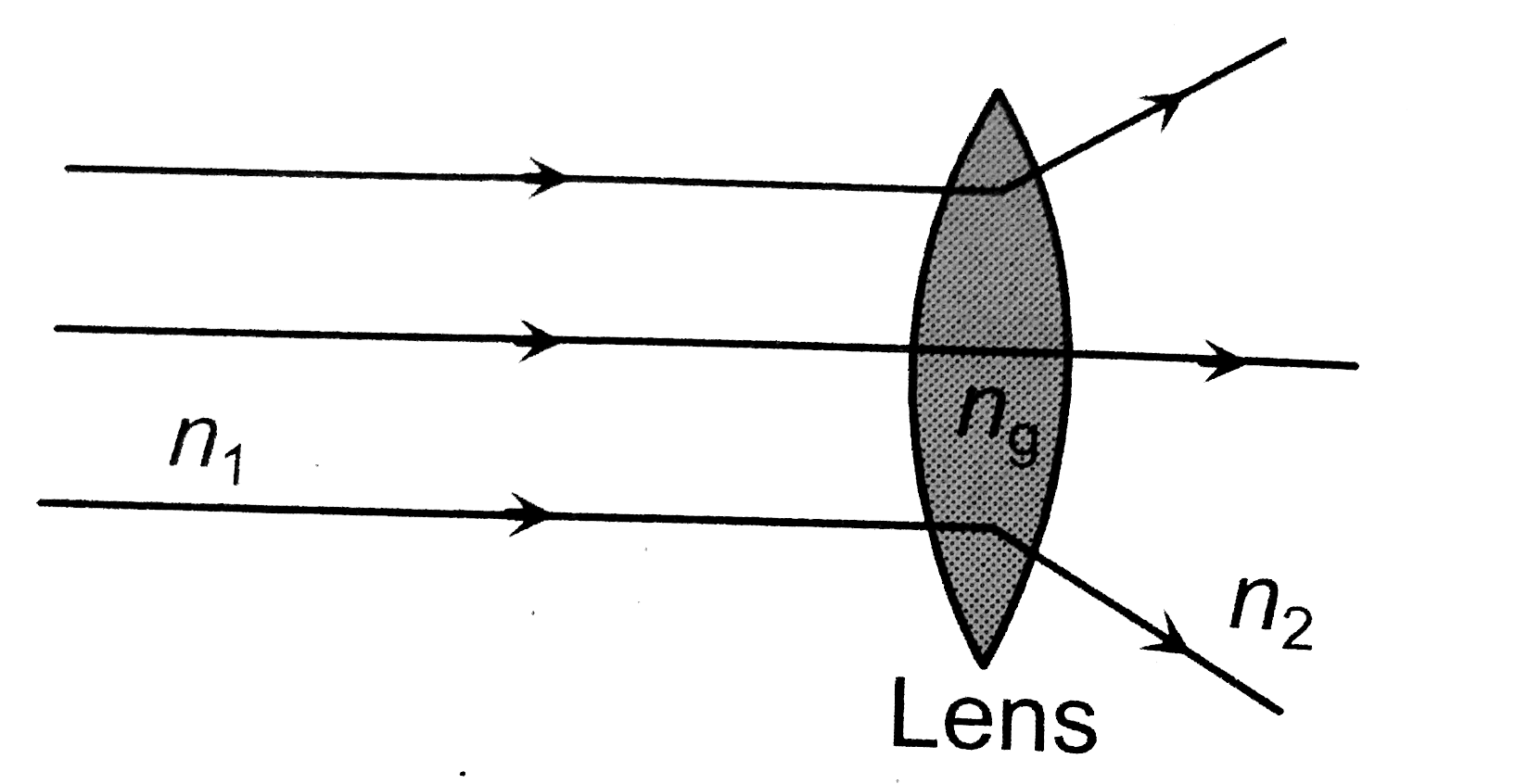
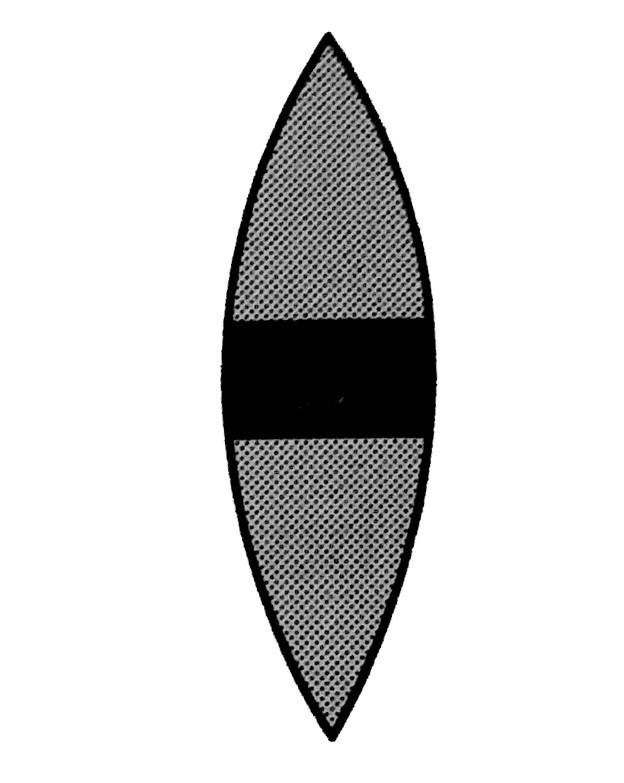

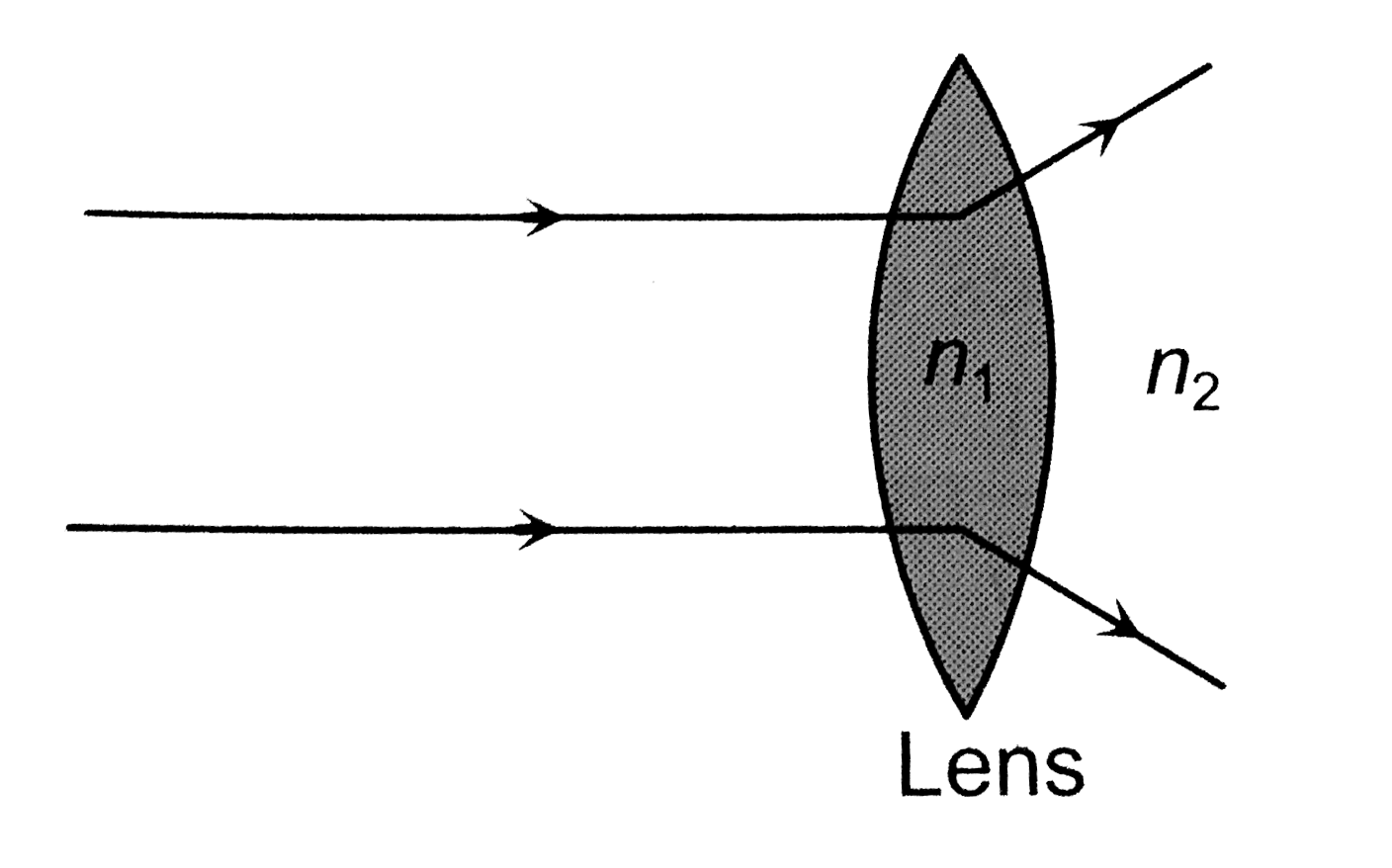

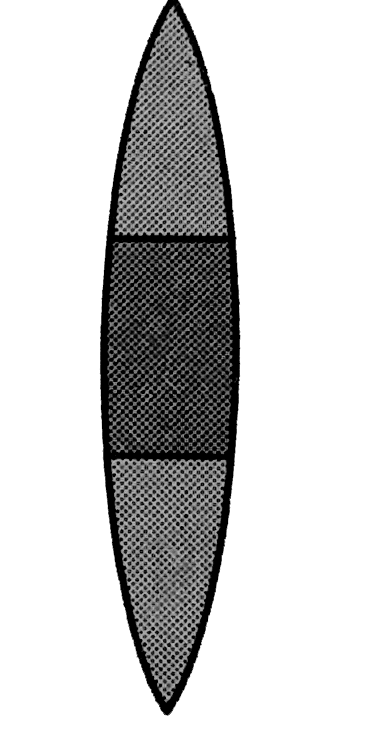

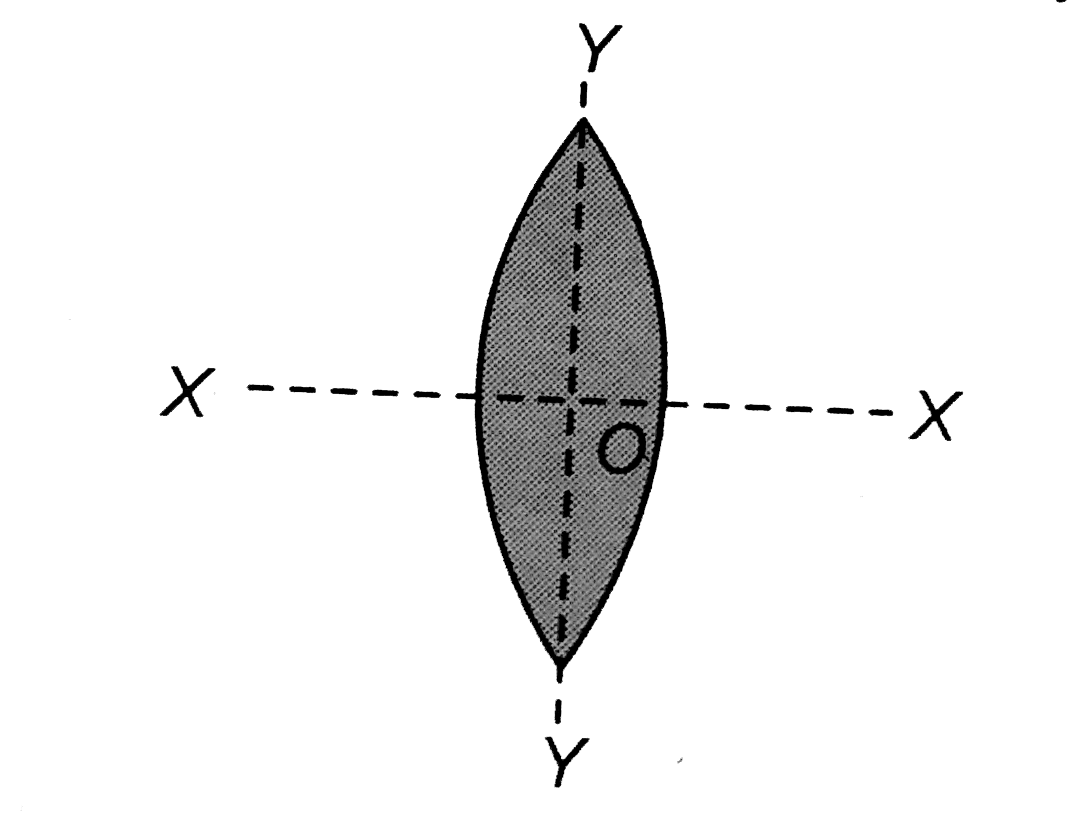
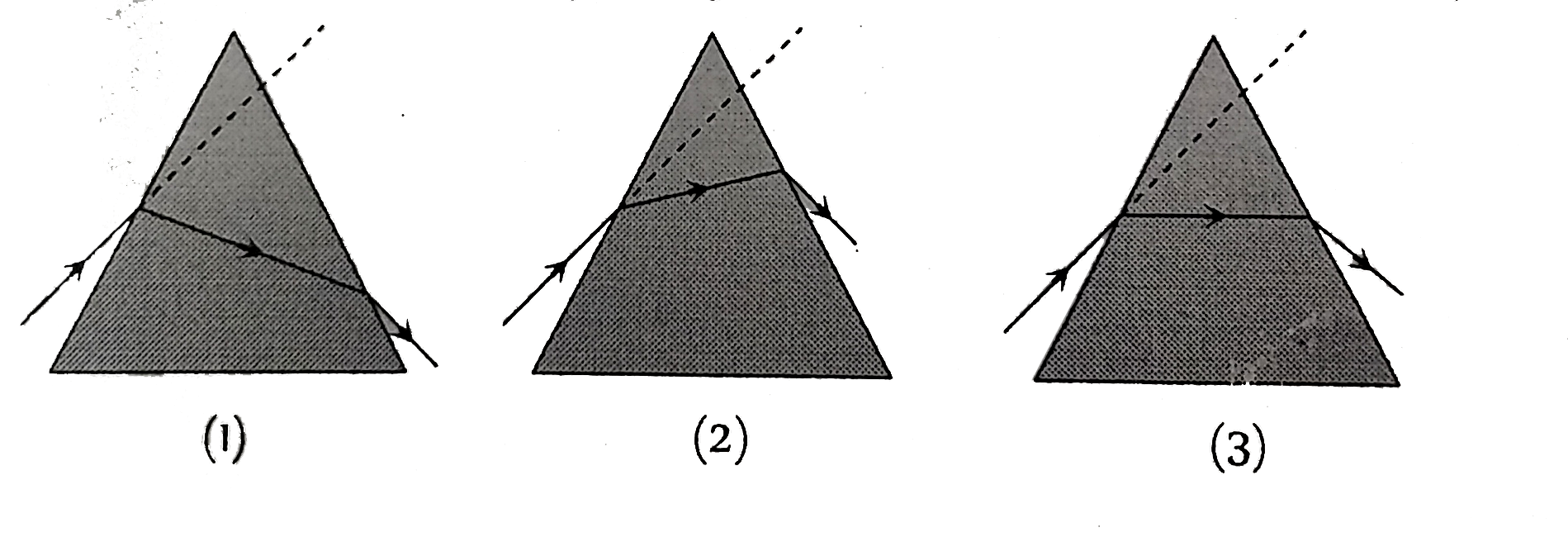
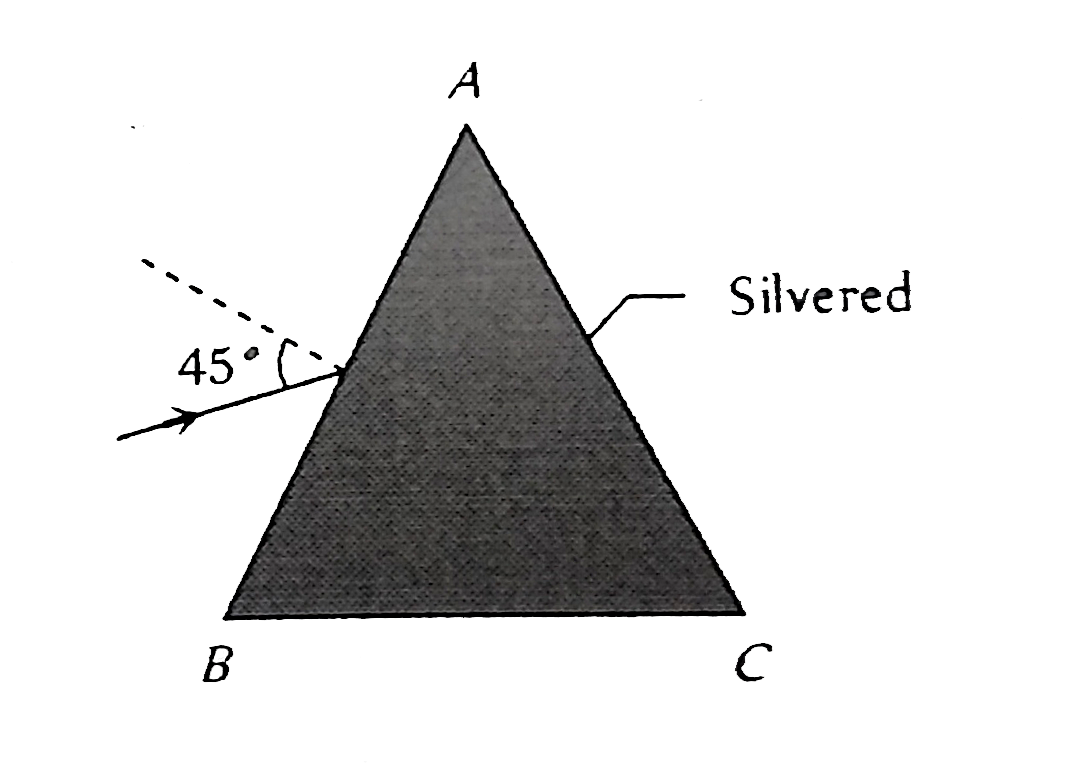
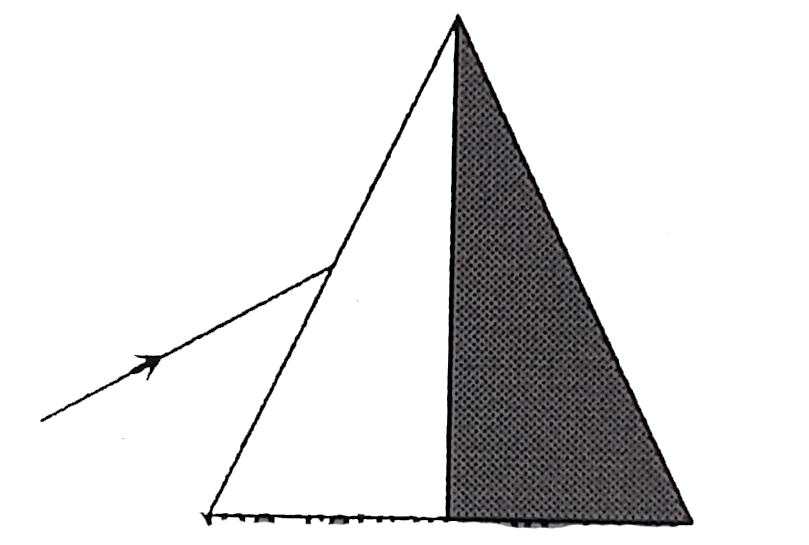
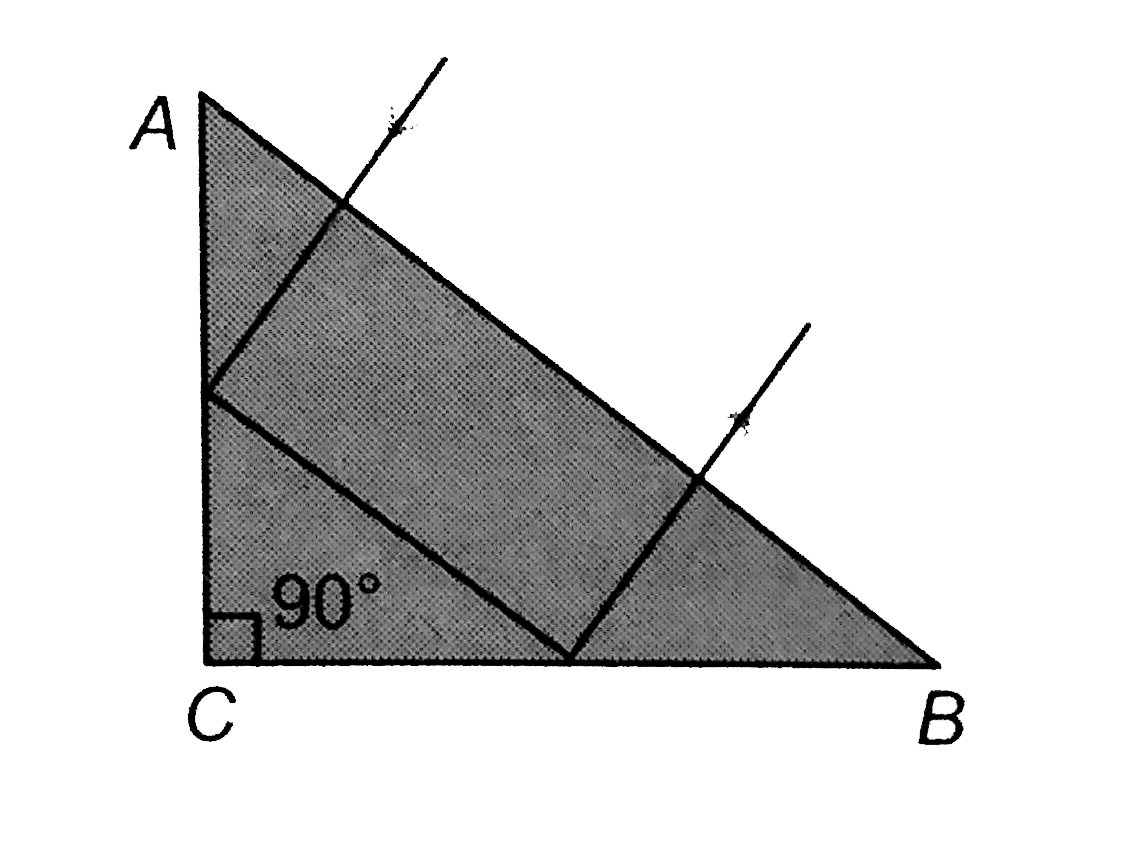
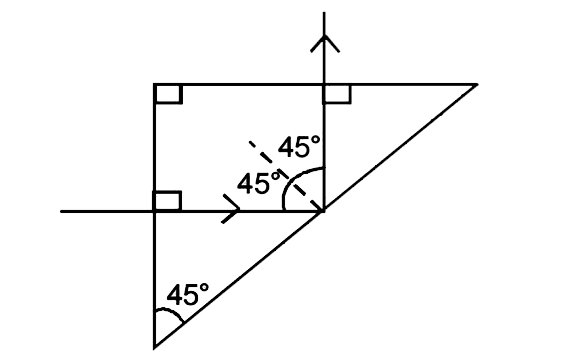
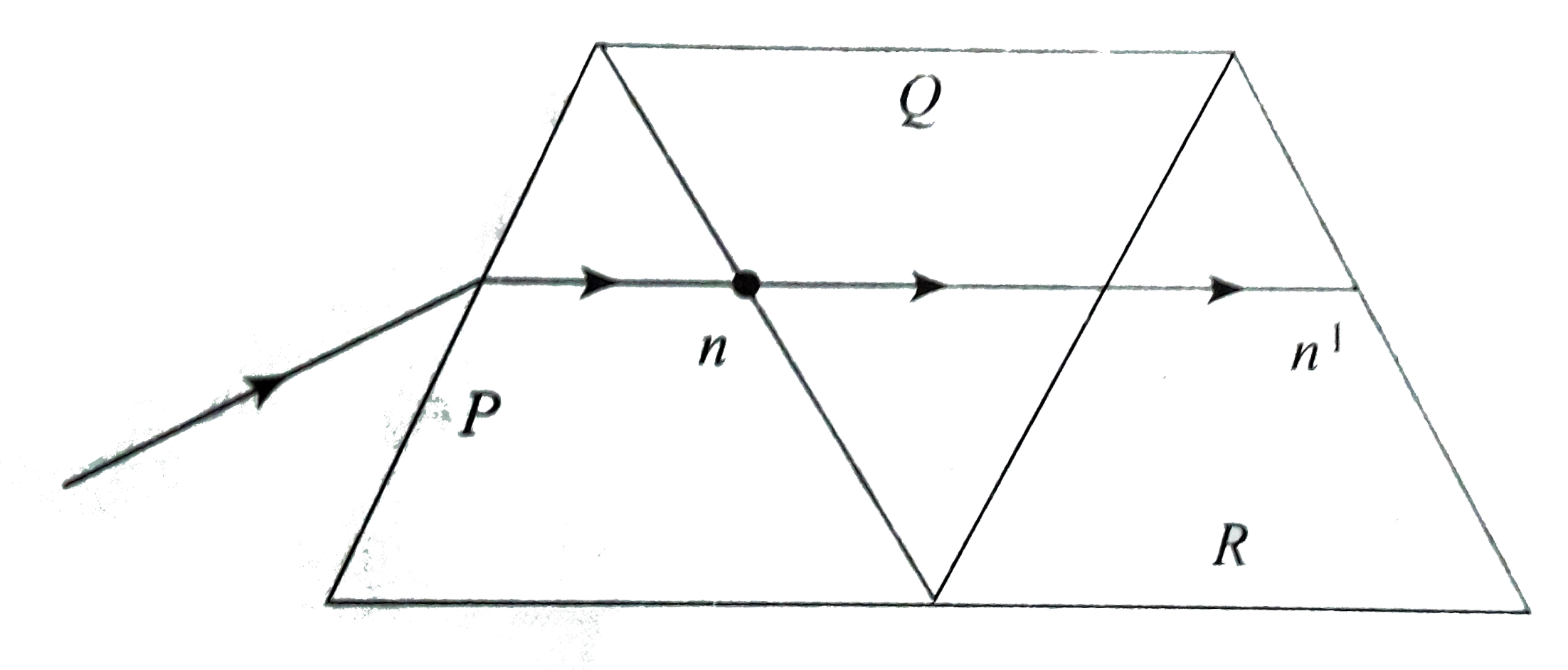



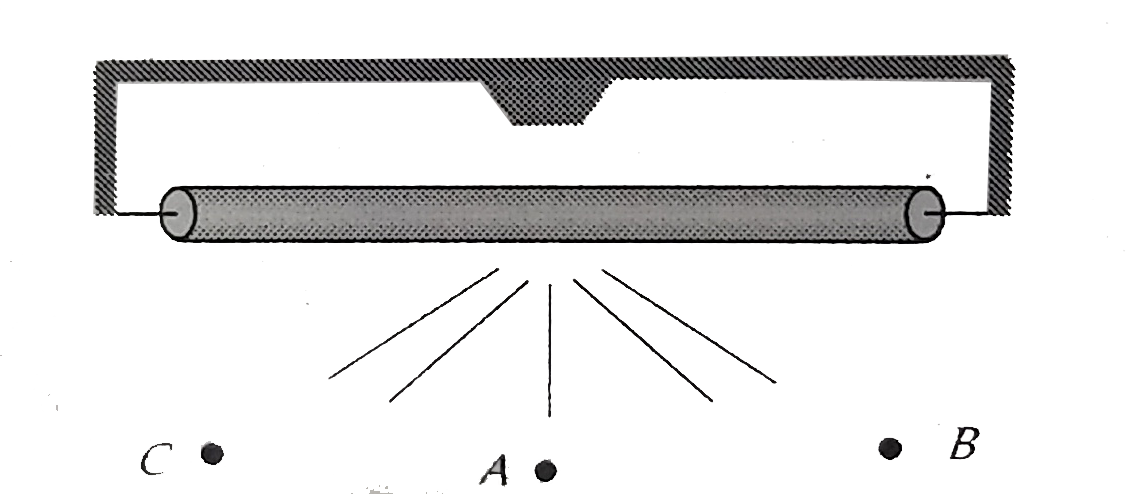
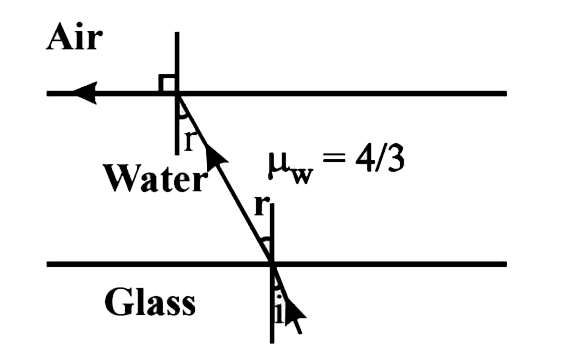
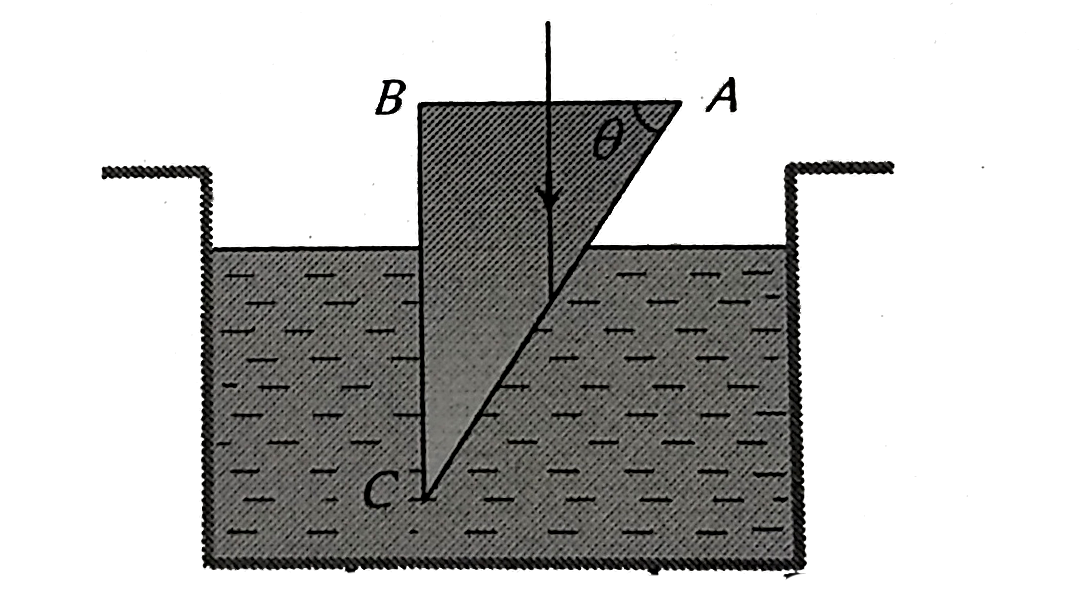
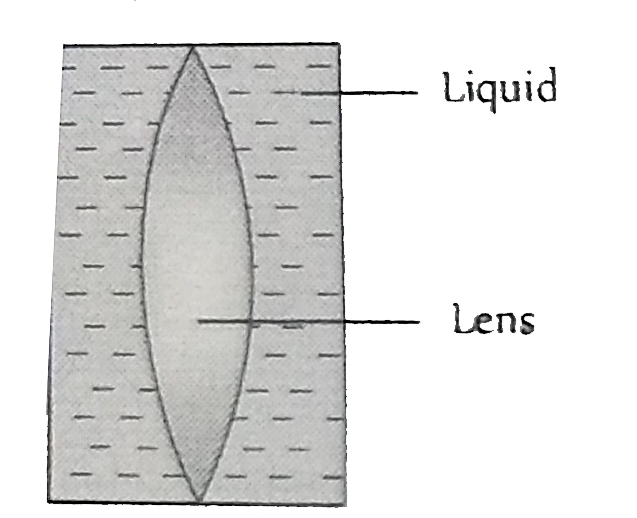
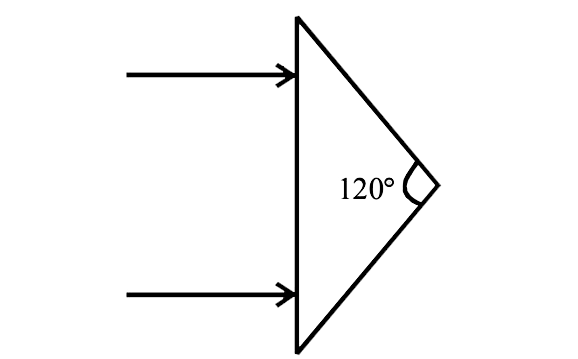

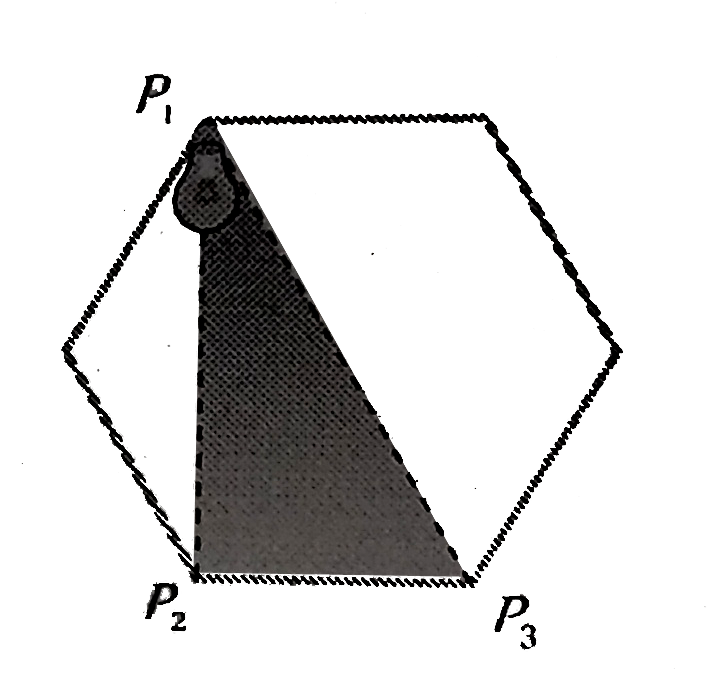
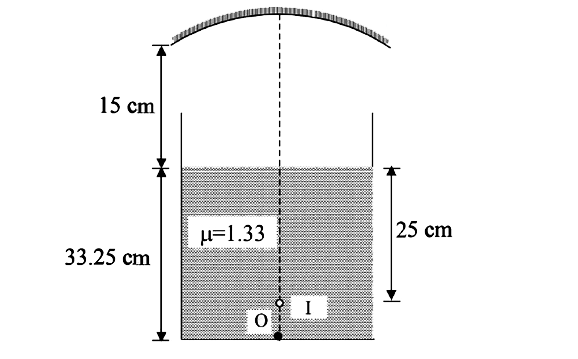
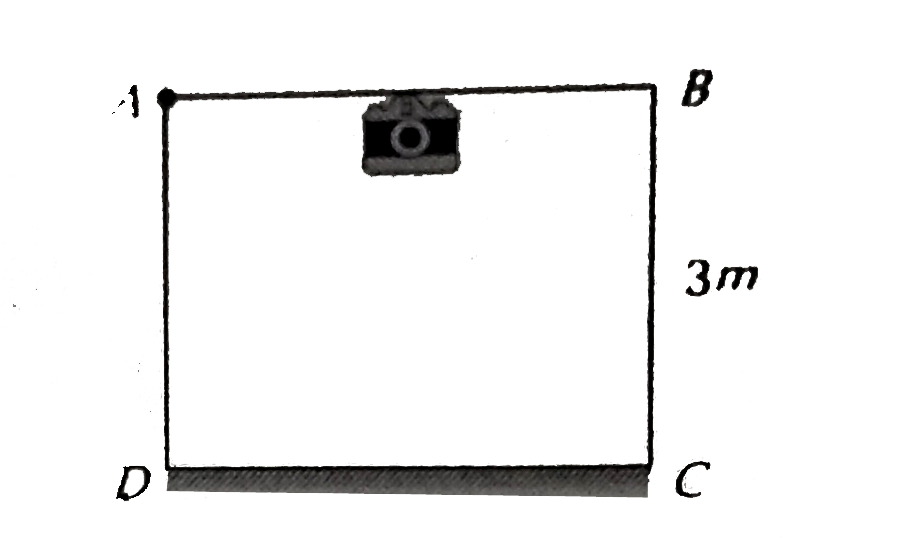

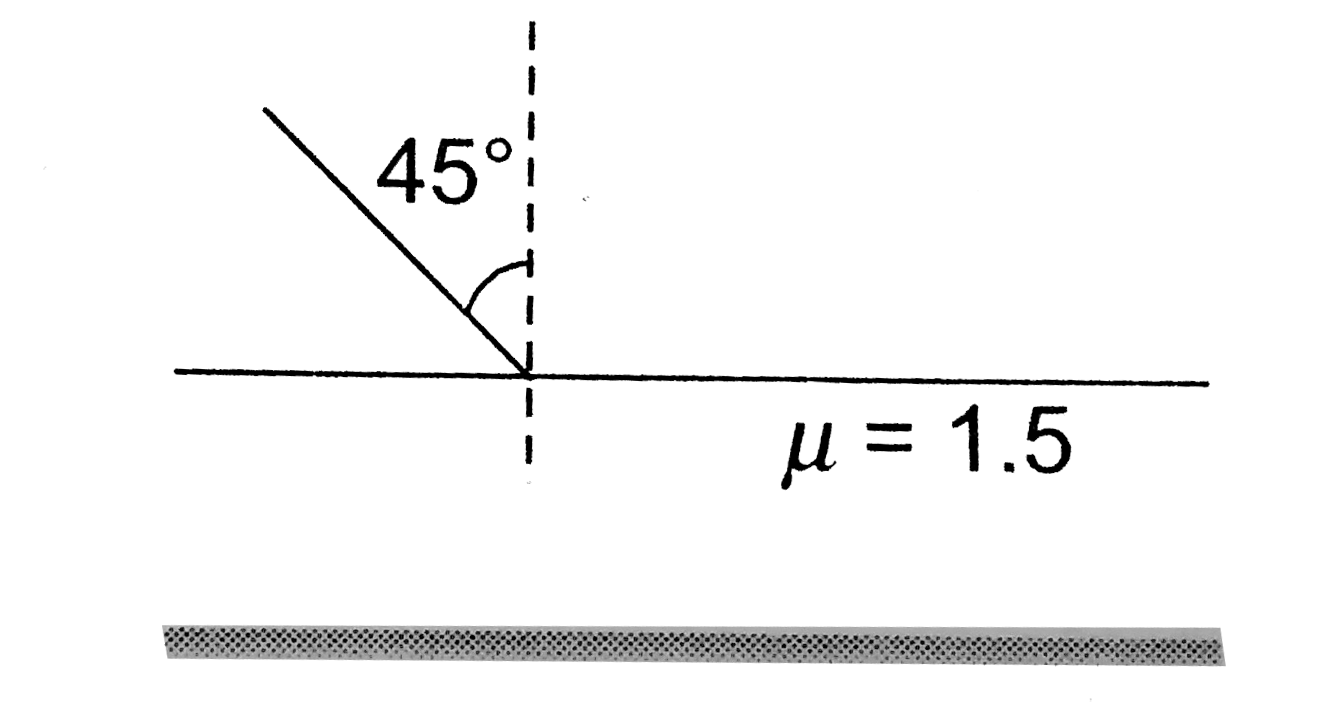
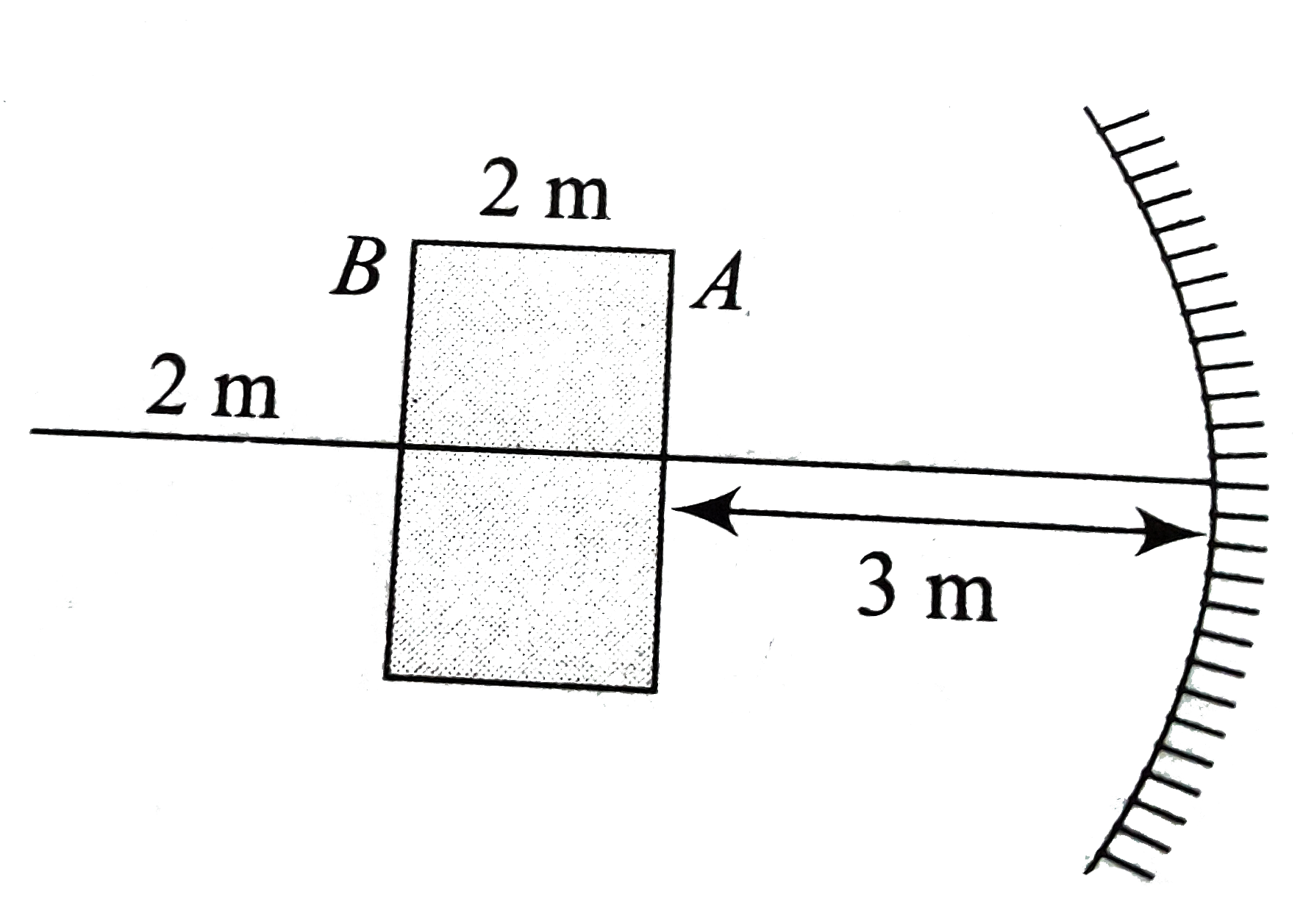
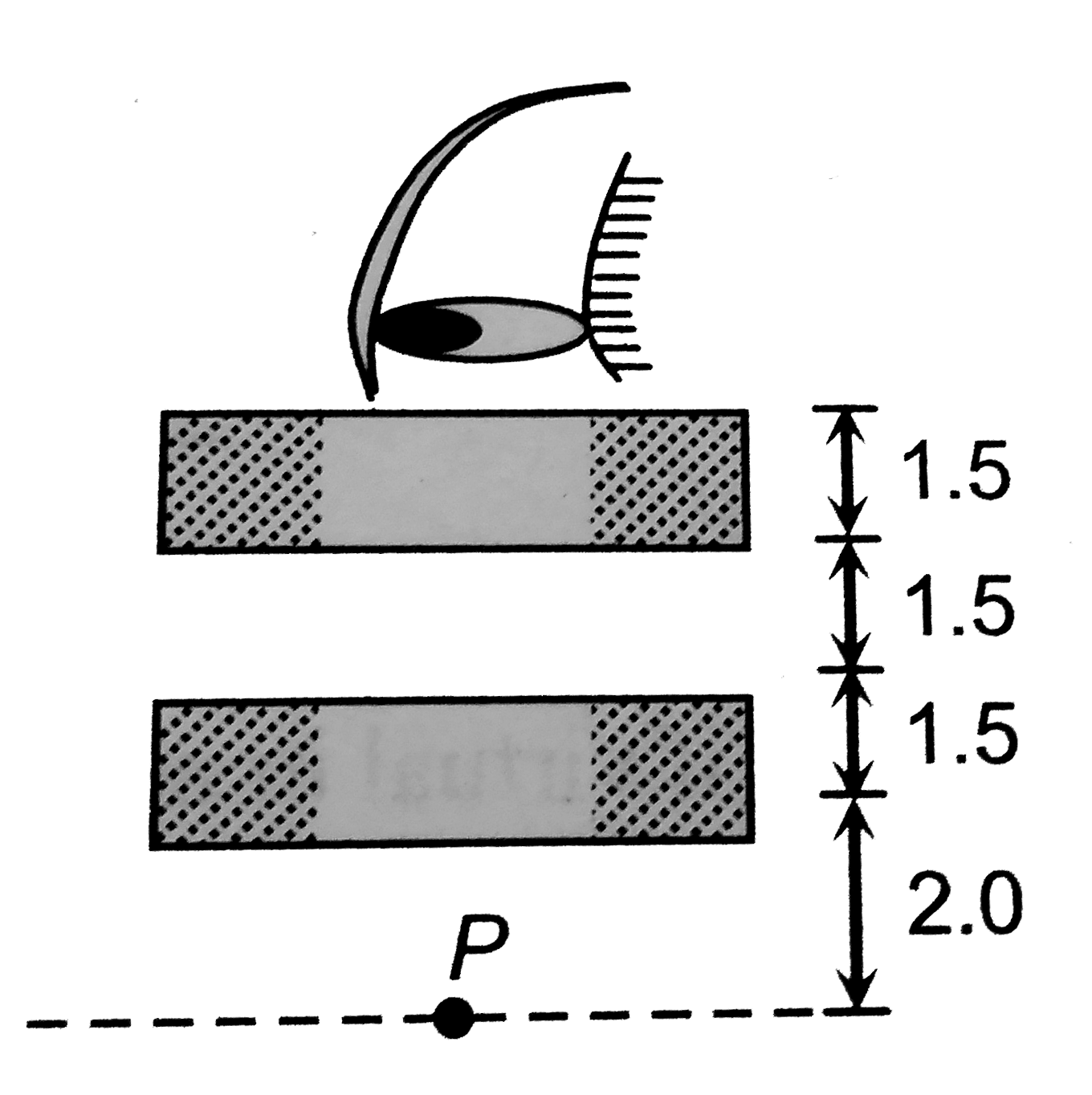
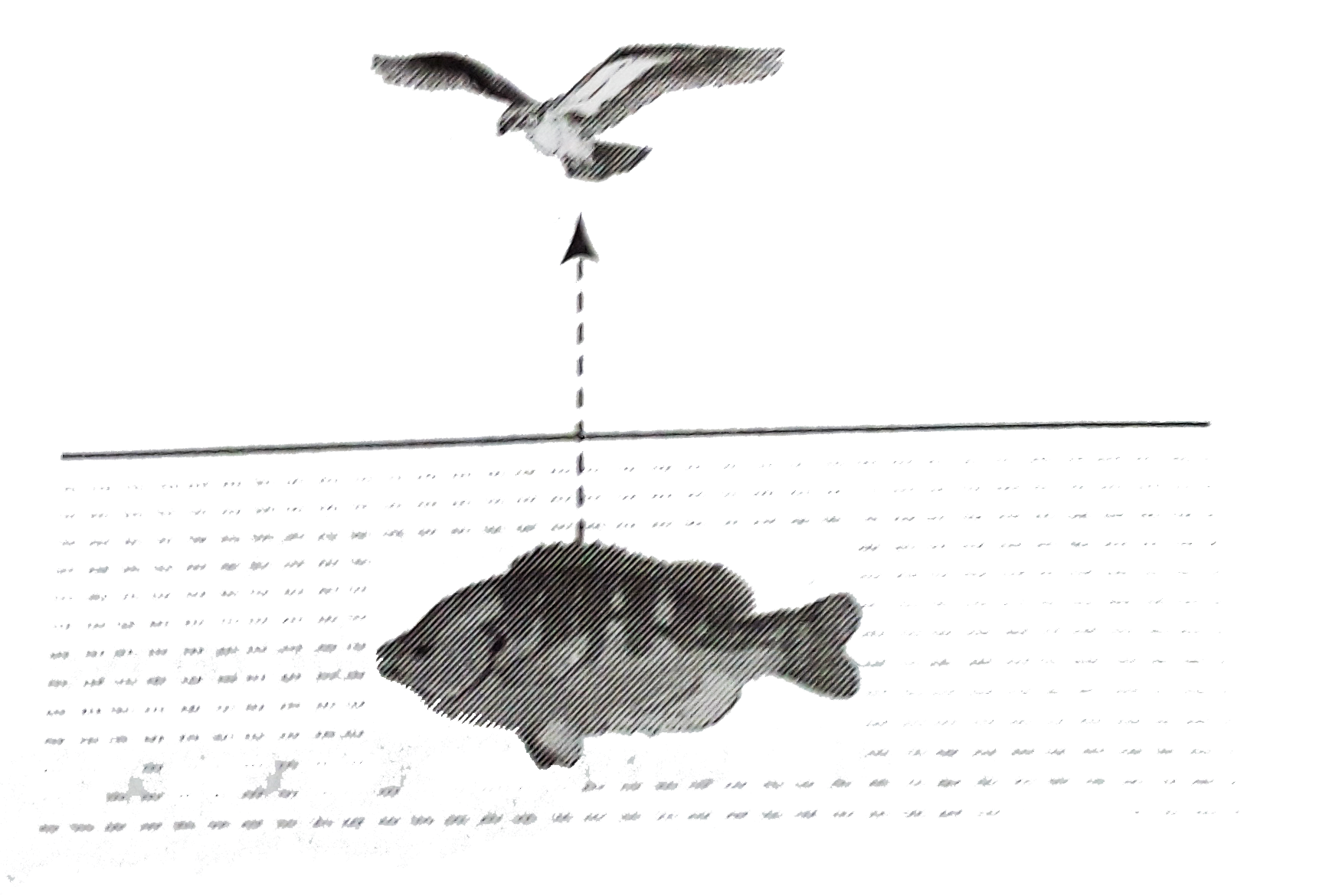
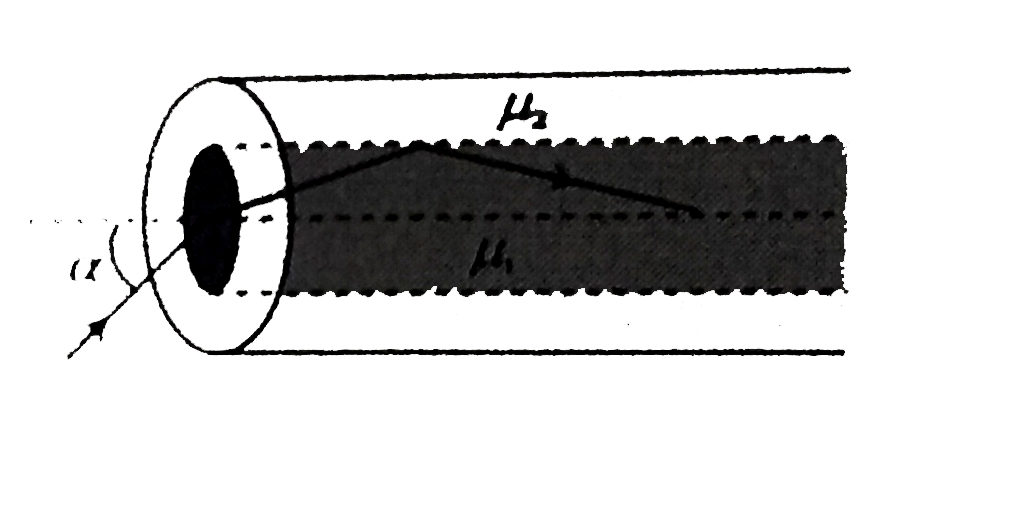
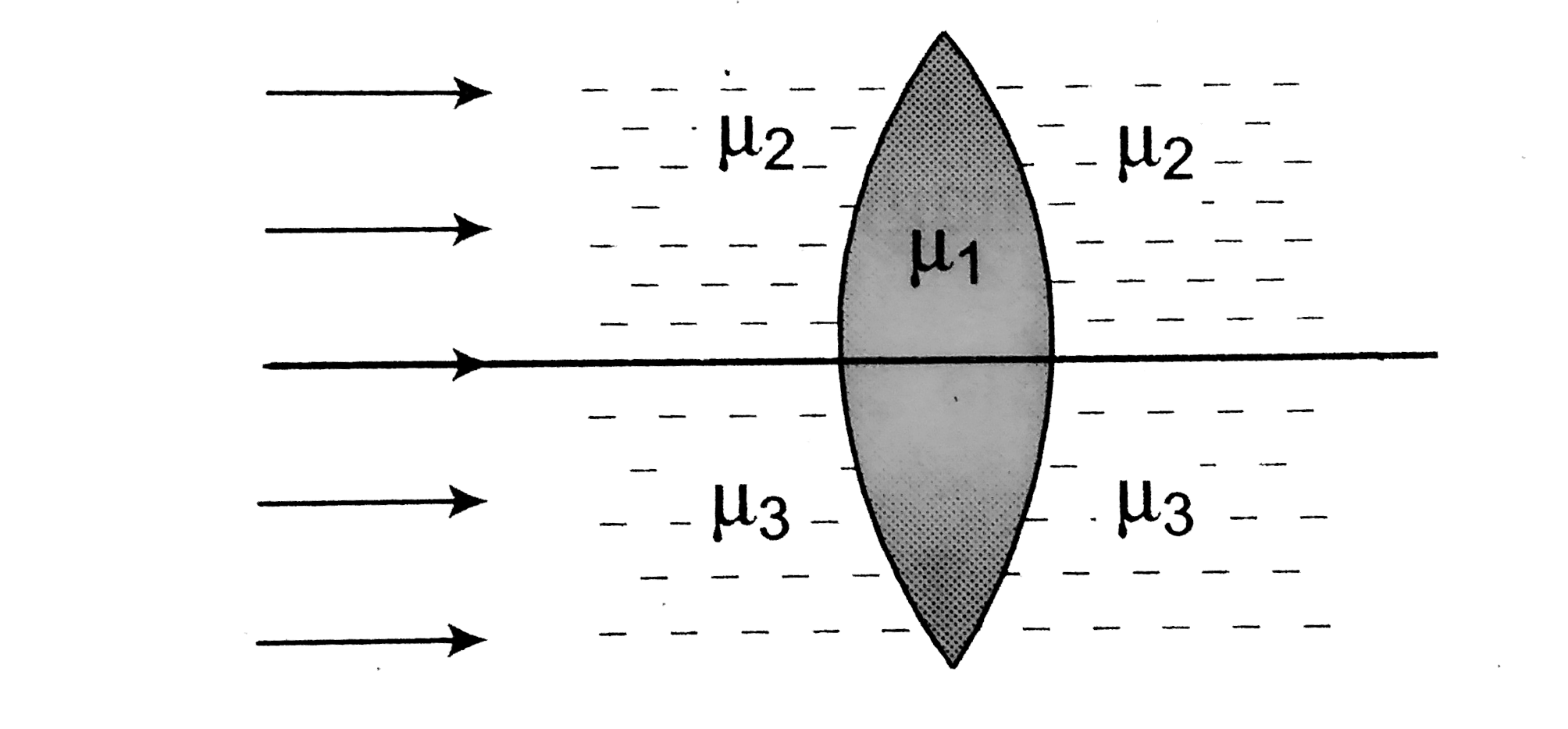
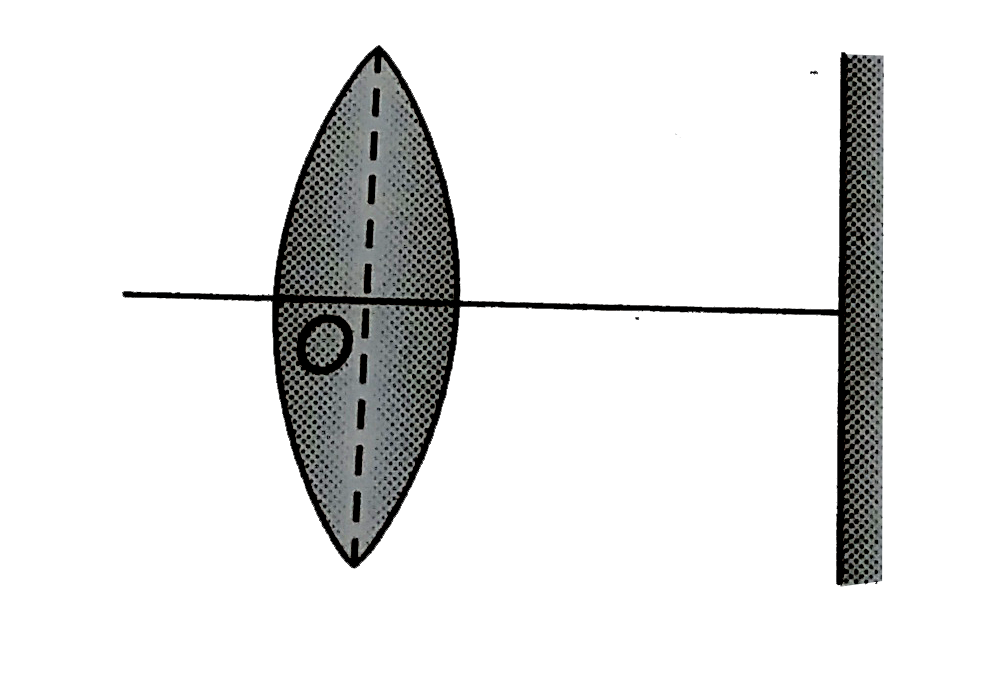

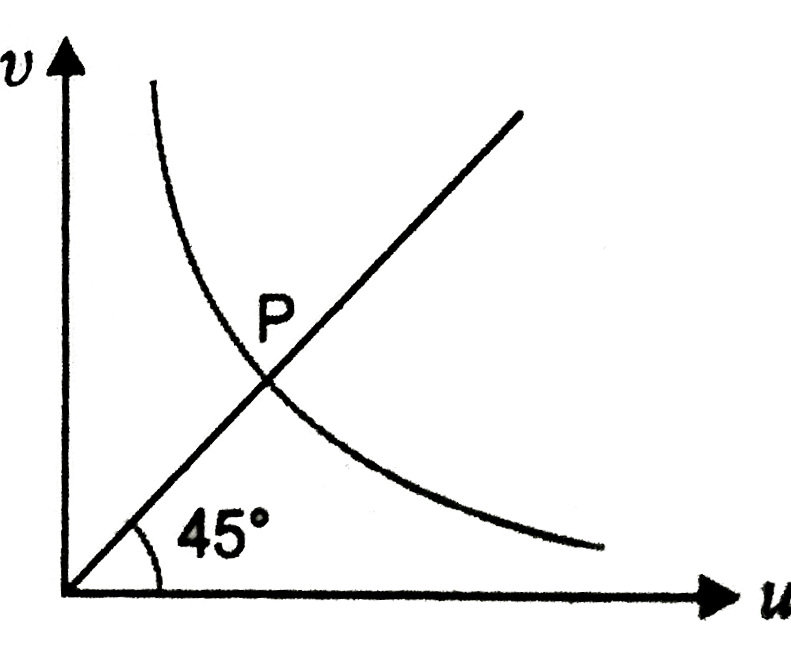 .
.